-
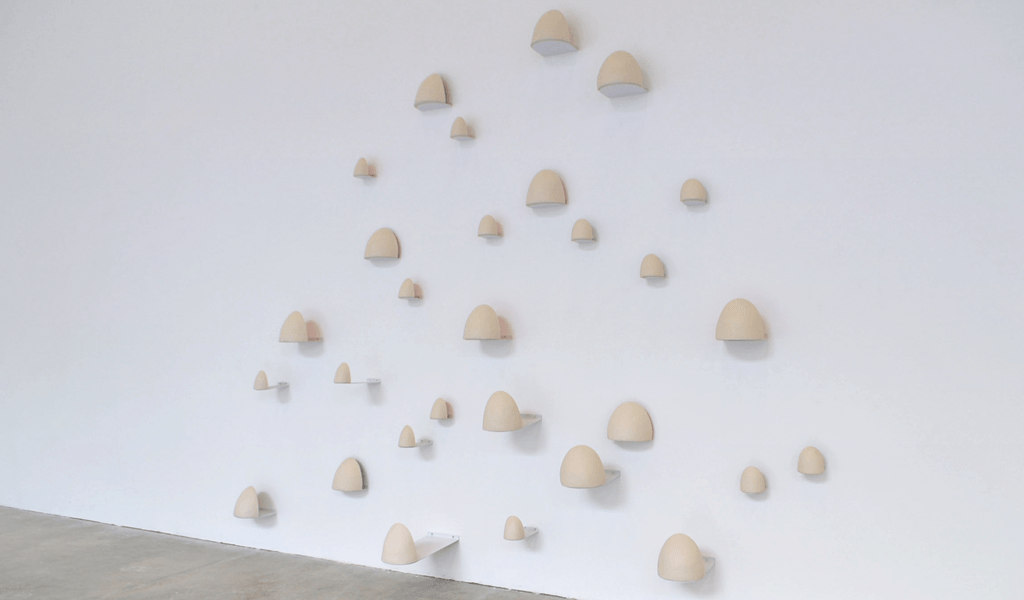 Reflected Color, 2016
Reflected Color, 2016Slip cast porcelain, glaze, steel shelves
10' x 12' x 3' -
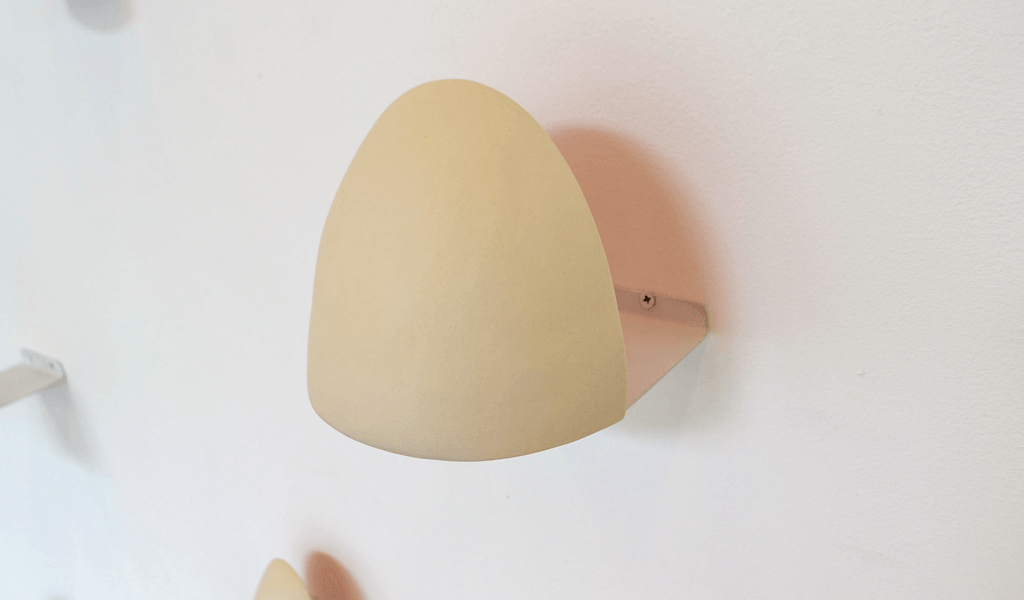
This series of objects was developed in order to demonstrate reflected color. Very saturated objects reflect colored light, which is most visible on white surfaces.
-
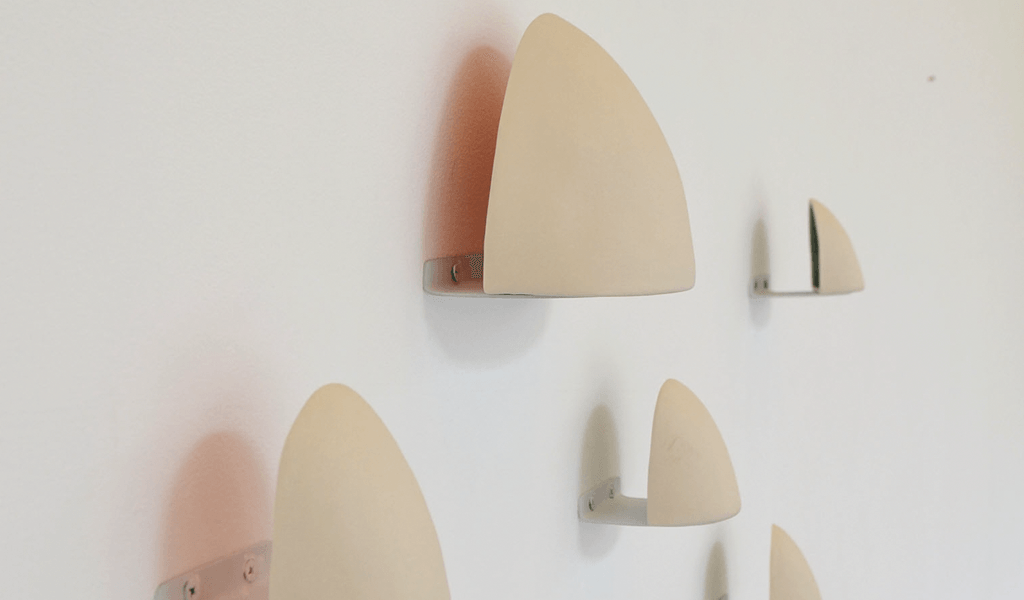
These objects are made through a process called slip casting. Liquid clay is poured into a plaster mold.
-
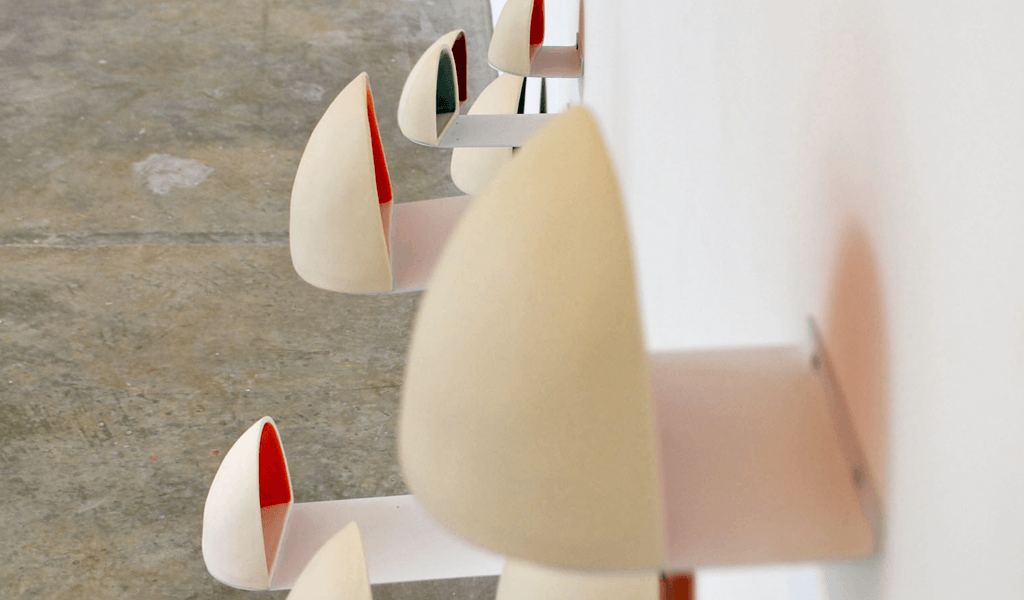
As the clay begins to harden, the liquid center is poured out. This process allows for production of multiple objects of the same size and shape.
-
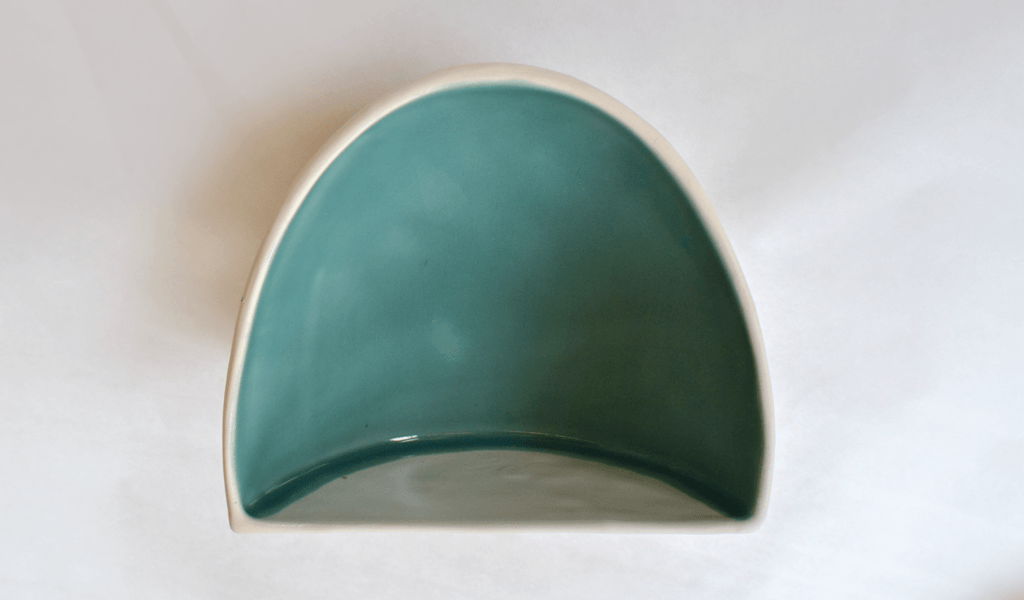
The objects were bisque fired, glazed, and fired a second time. The teal glaze reflects a very subtle color that cannot be perceived by every viewer.
-
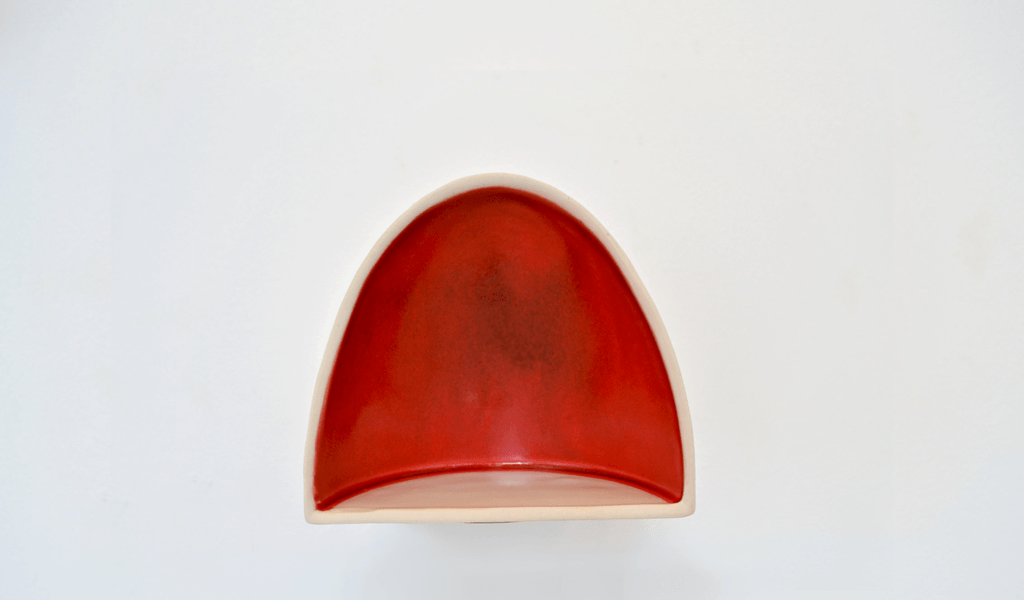
The red and orange glazes produce the most reflected color.
This project is inspired by Fish Scale Projection (1998) by Lois Swirnoff, author of Dimensional Color. -
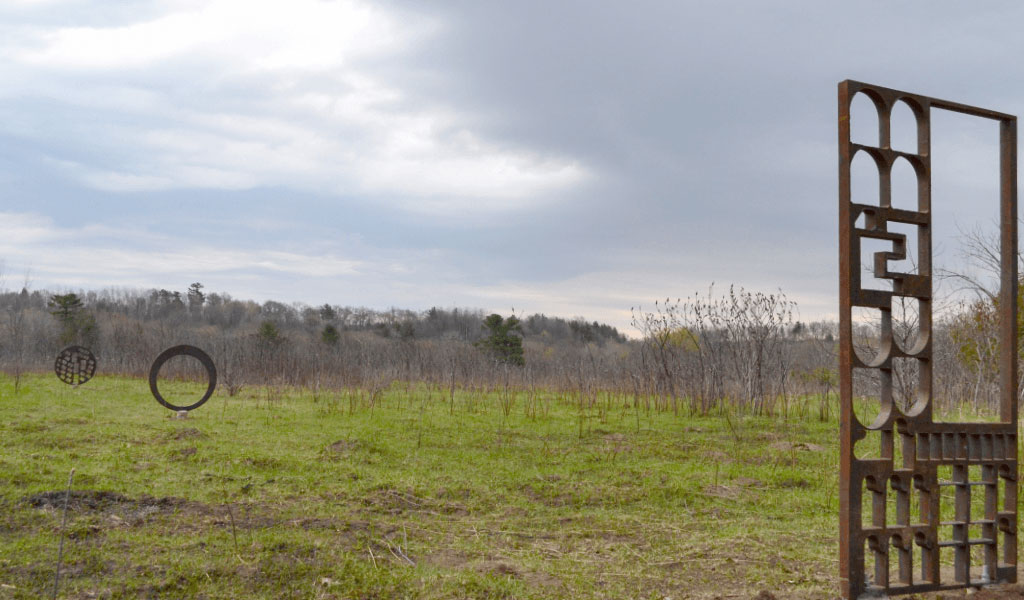 Sun Door, 2011
Sun Door, 2011Steel skeletons, concrete, rebar, threaded rod
8' x 4' x 150' -
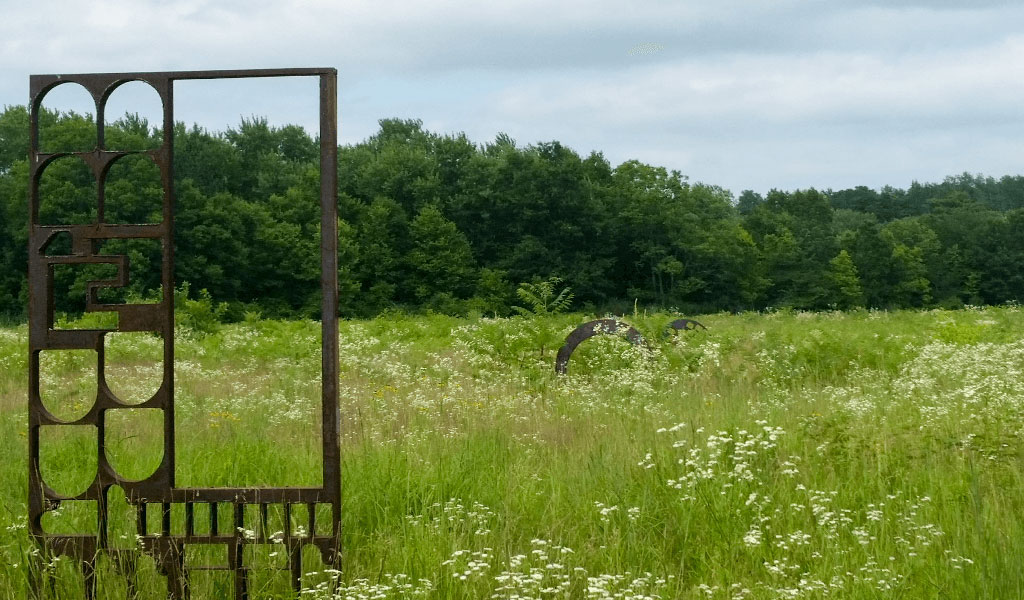
These found objects are remnants from the industrial production of steel parts and are spaced 50 feet apart in a prairie landscape.
-
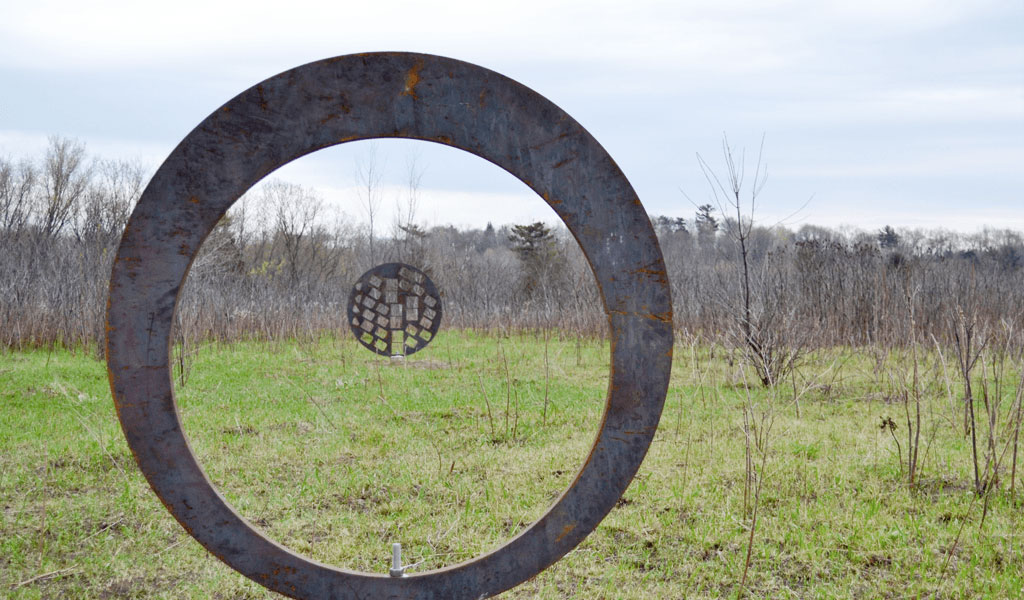
By repurposing industrial remnants in a natural landscape, this piece creates both a destination and an outdoor playscape.
-

The three steel skeletons form a visual frame for observing nature and respond to weather conditions by changing color.
-
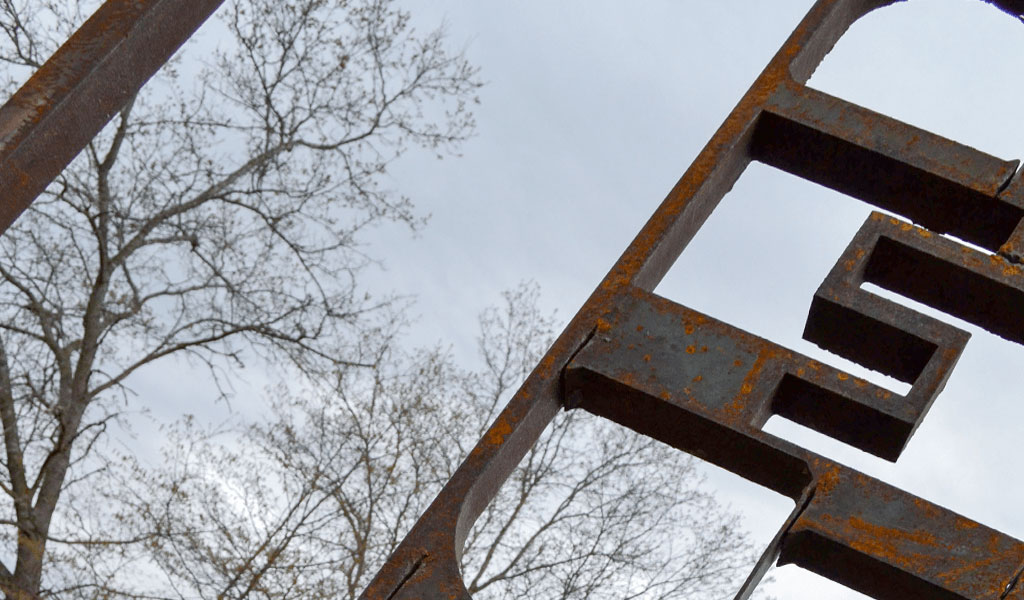
A visual dialog is suggested between the observer, industrial man-made objects, and the surrounding environment.
-
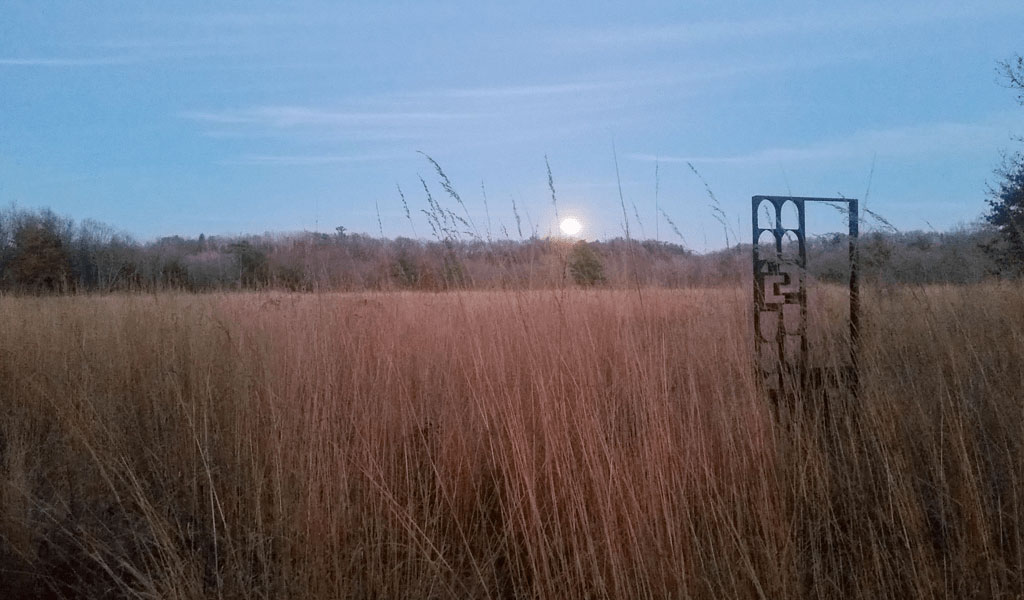
The sculpture functions as a compass because they the steel skeletons are aligned to the sunrise and sunset on the summer and winter solstices.
-
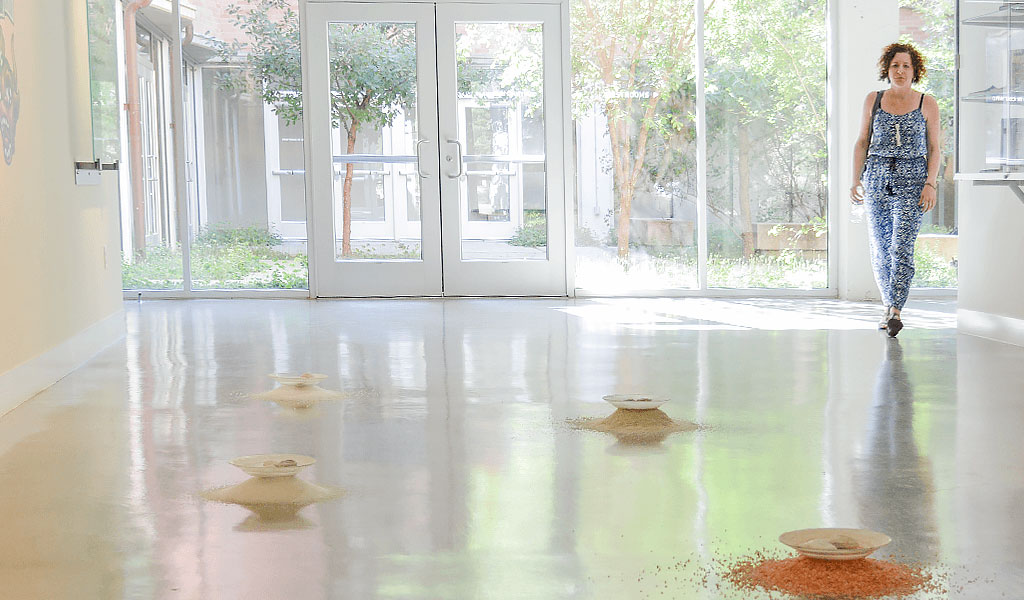 Salt Flow Patterns, 2015
Salt Flow Patterns, 2015salt, glass plates, stones, paper, ink
6" x 8' x 36' -
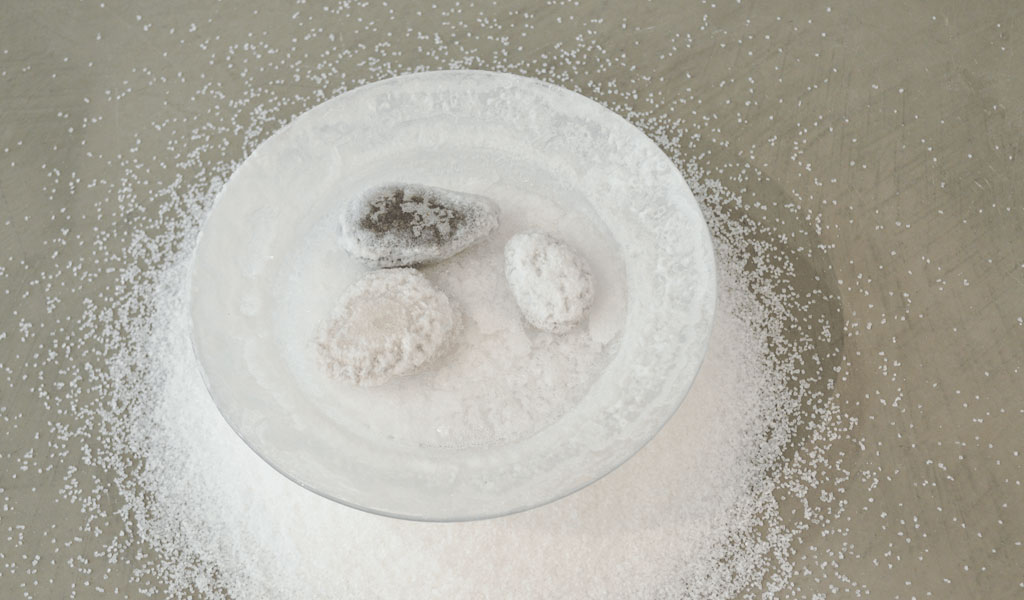 Salt from Macau, Rio Grande do Norte, Brazil
Salt from Macau, Rio Grande do Norte, BrazilFlow systems evolve, are diverse and create patterns in both natural and built systems.
-
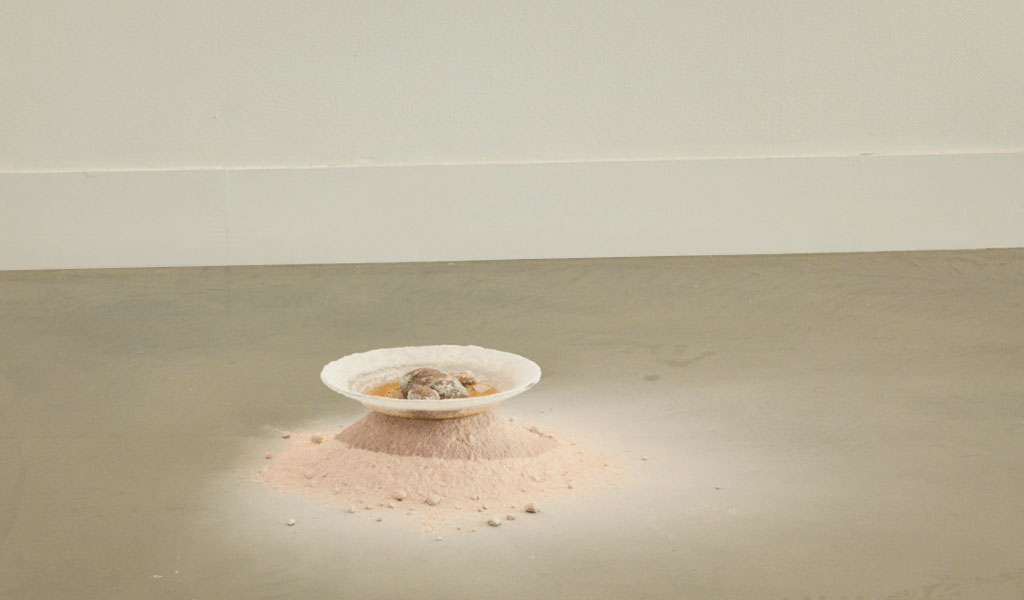 Salt from Maseran, Himachal Pradesh, India
Salt from Maseran, Himachal Pradesh, IndiaPatterns in landscapes result from natural forces like wind, erosion and evaporation.
-
 Salt from Khewra, Punjab, Pakistan
Salt from Khewra, Punjab, PakistanThe physical force that creates common natural patterns is called flow.
-
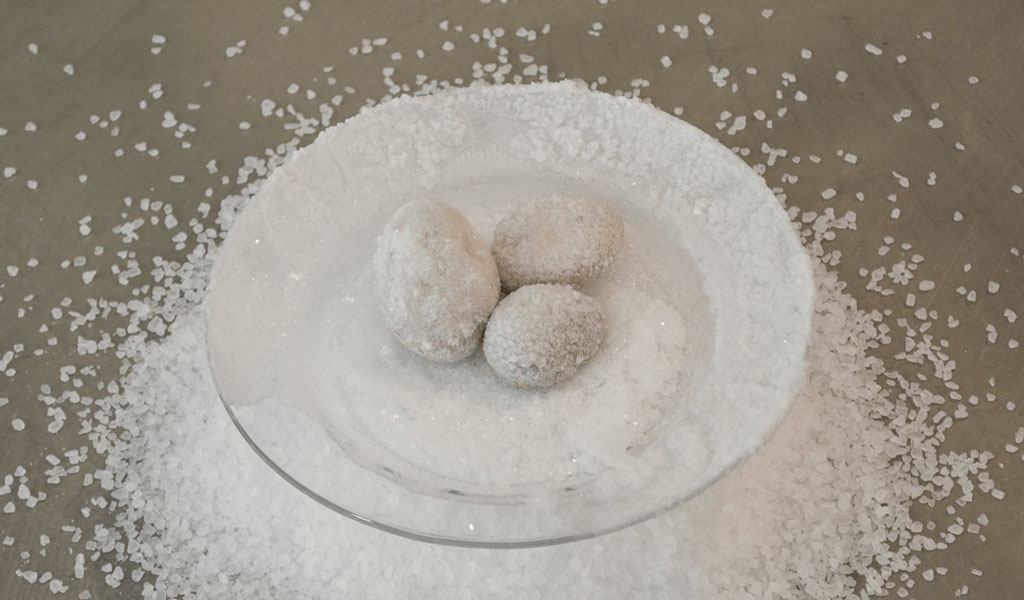 Salt from Margherita di Savoia, Apulia, Italy
Salt from Margherita di Savoia, Apulia, ItalyEverything that moves, animate or inanimate, is a flow system.
-
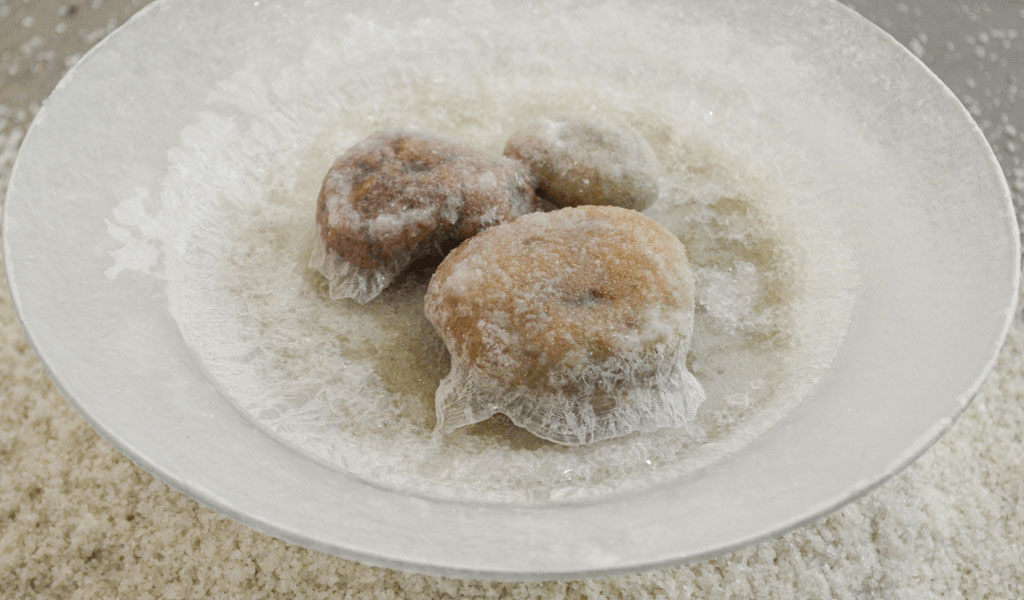 Salt from Guérande, Pays de la Loire, France
Salt from Guérande, Pays de la Loire, FranceThe constructal law (proposed by Adrian Bejan, 1996) describes the tendencies of flow.
-
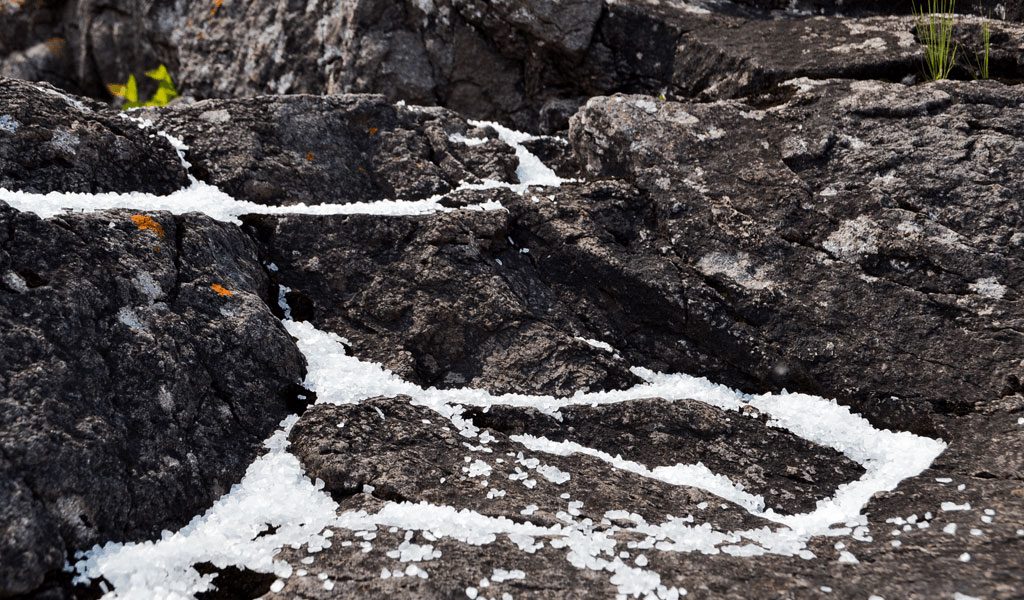
Salt crystals are examples of flow patterns, physical structures that are the result of evaporation of salt water into the atmosphere.
-
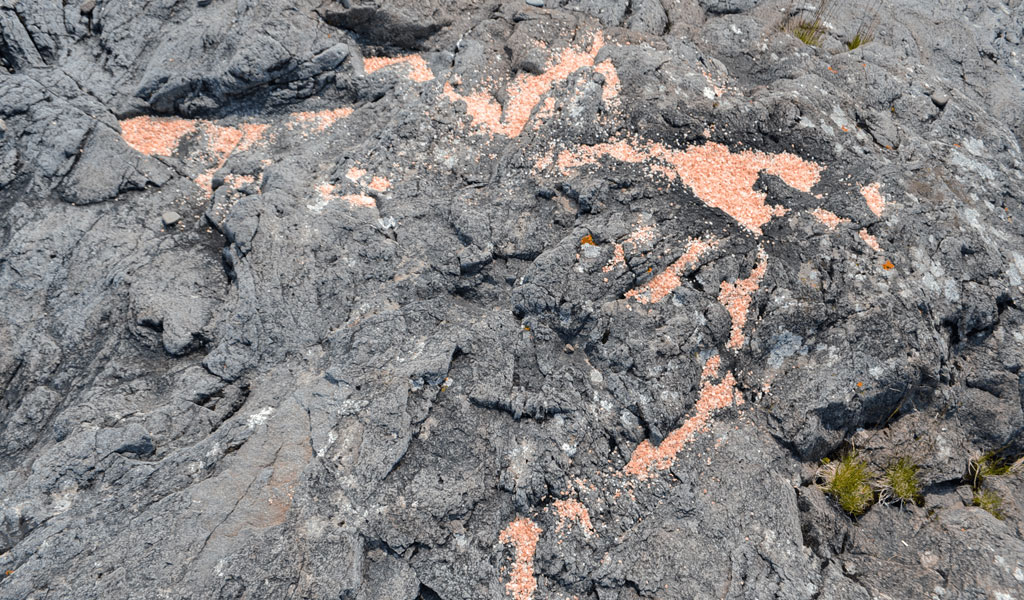
Flow systems include the common, progressive, branch-like patterns of river basins, tree branches, lungs, electronic circuits, influential ideas and social dynamics.
-
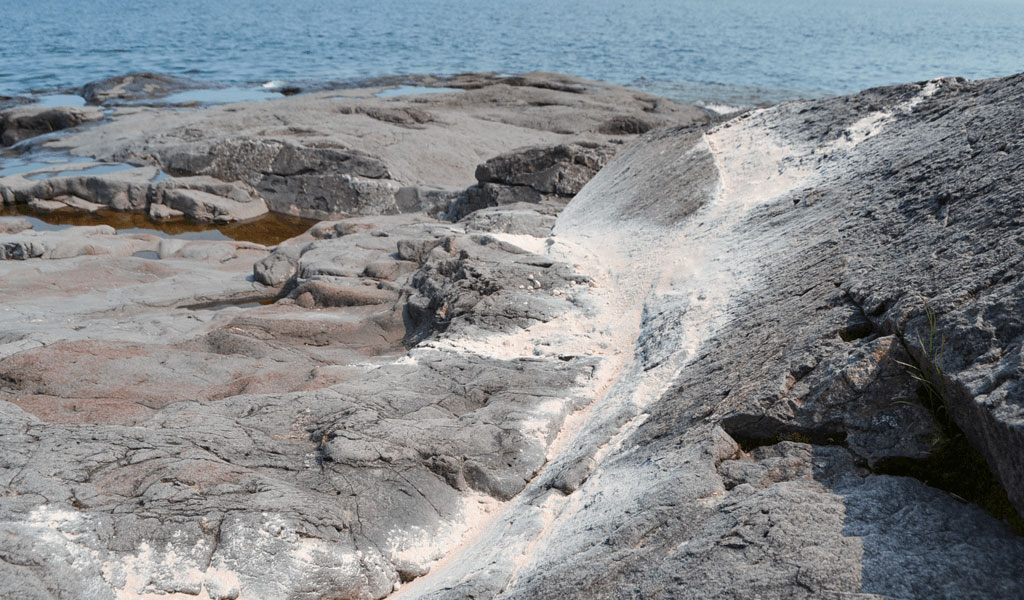
The global distribution of salt is a flow pattern. Salt is extracted from the earth, transported, distributed, sold and consumed.
-
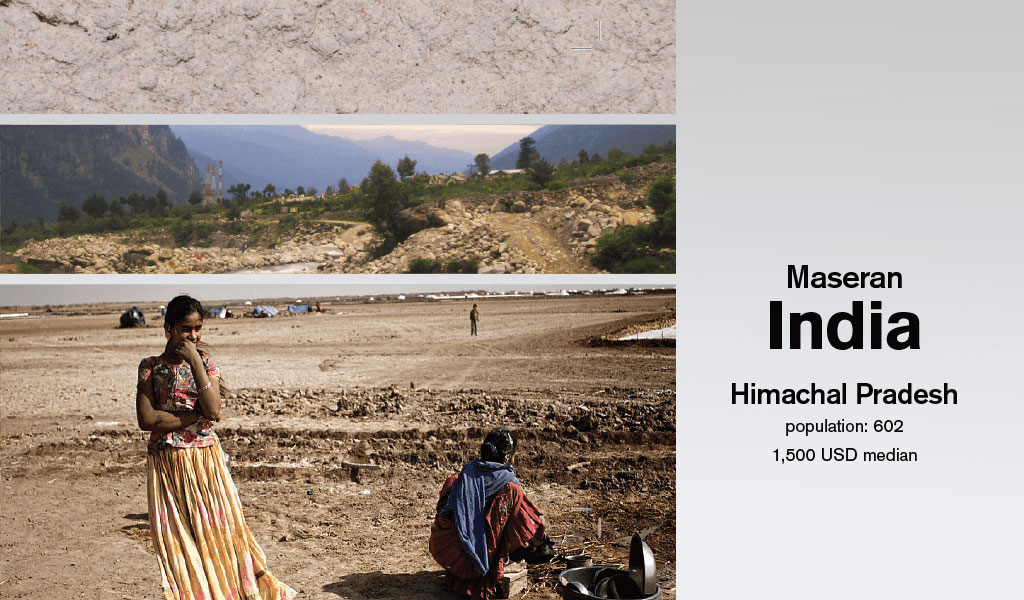
Flow systems evolve, are diverse and create patterns in both natural and built systems.
-
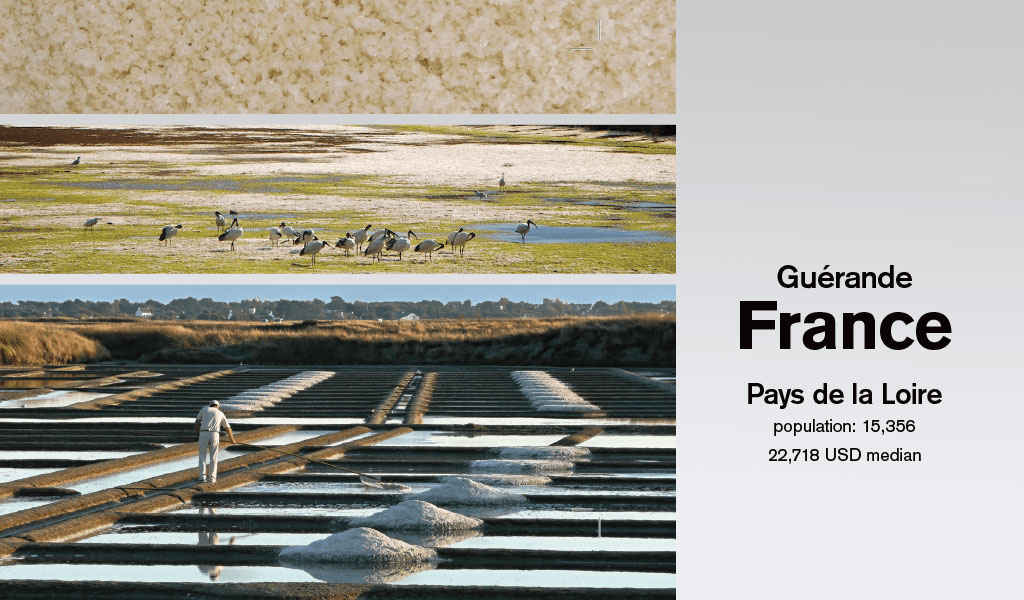
Humans interact with the environment through social systems, industrial processes and patterns of use and development.
-
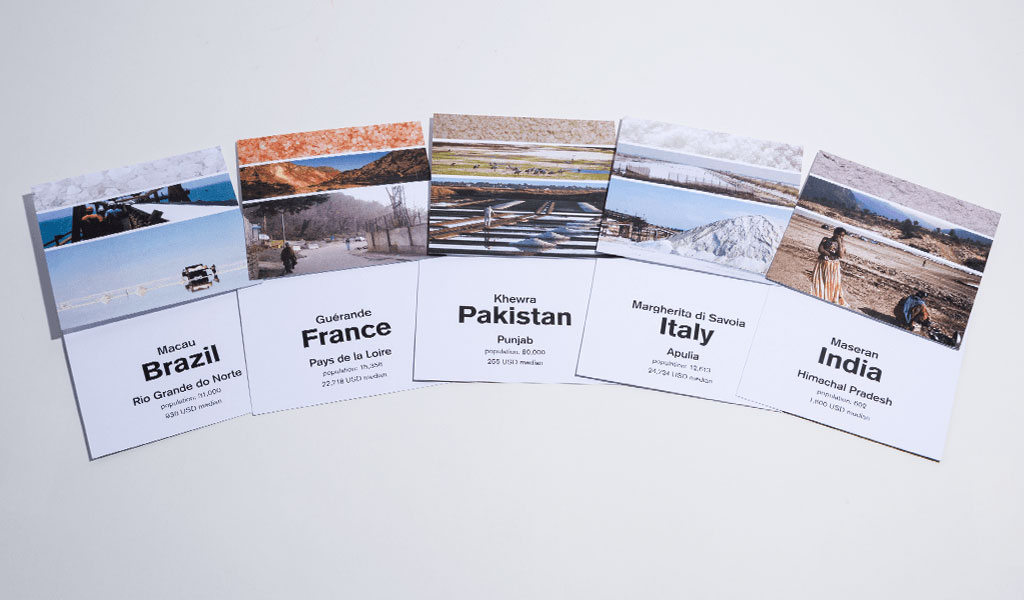
In human ecology the environment is an ecosystem that includes the air, soil, water, living organisms and the built environment.
-
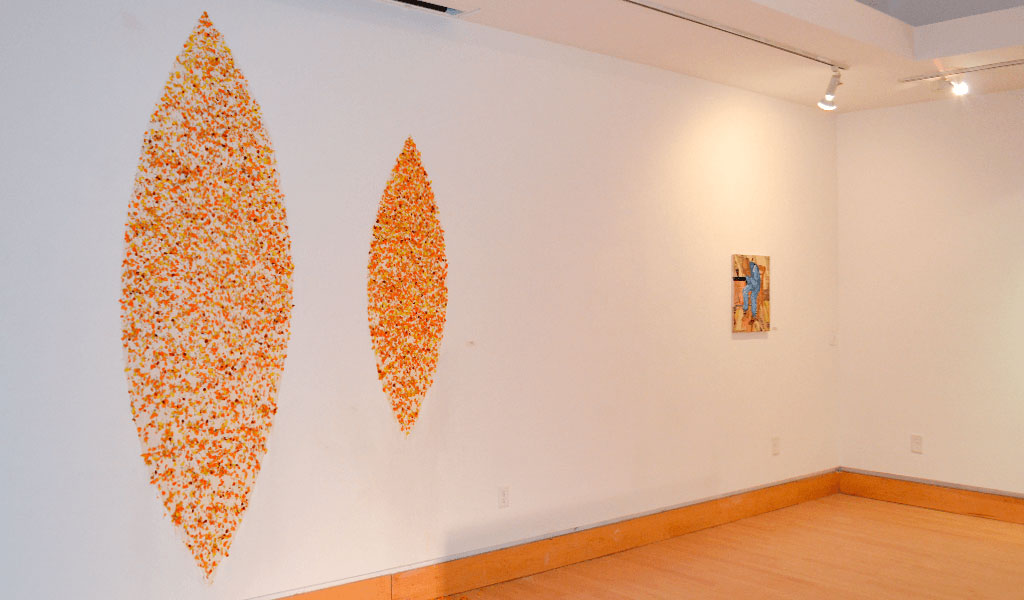 Vesta Pisces, 2013
Vesta Pisces, 2013Marigold petals, honey
12' x 8' x 0.3" -
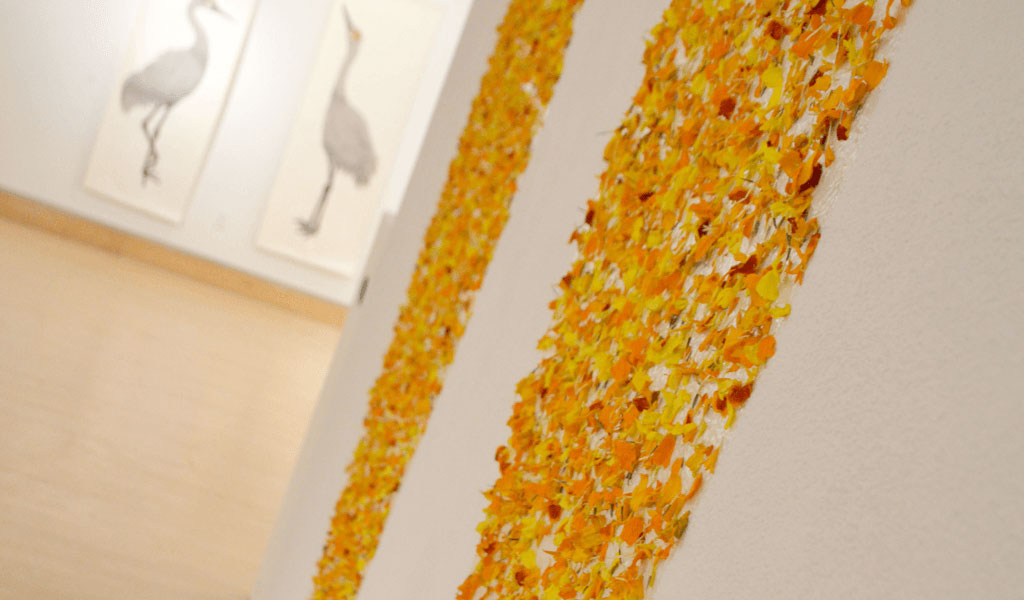
Two geometric shapes in the form of a vesta pisces are created from the natural materials of honey and marigold petals.
-
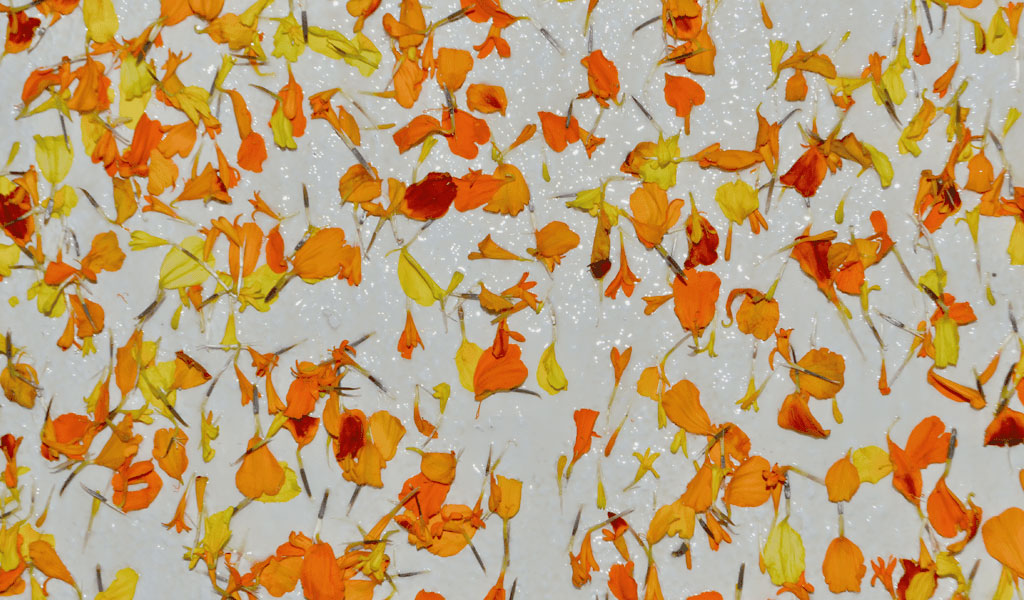
These materials convey a sensual experience that engages the five senses and suggest nourishment, blossoming, attraction, birth and death.
-
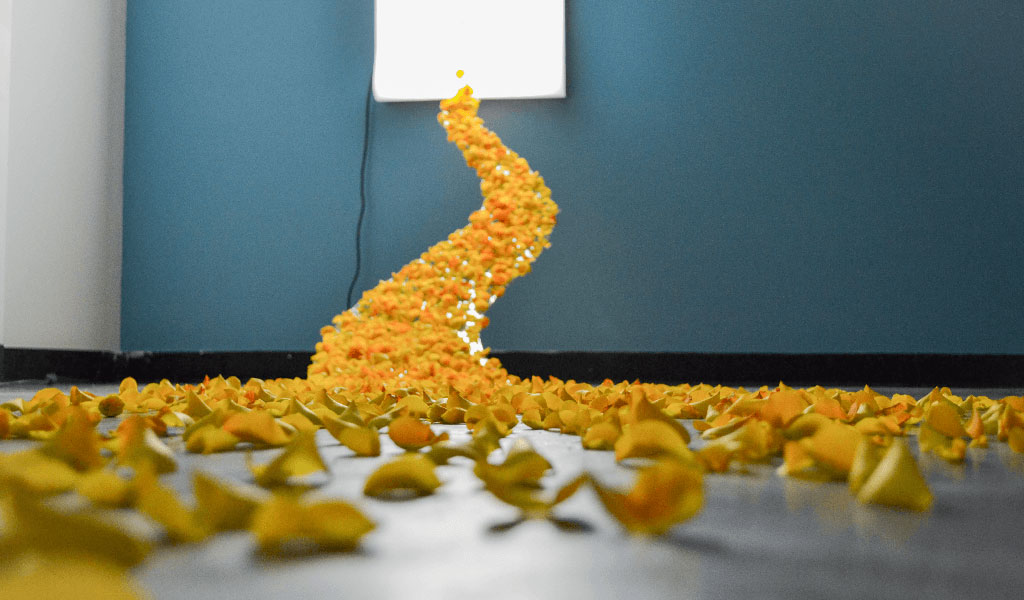 Window, 2011
Window, 2011light table, rose petals, acrylic sheet, paint, paper, honey
12' x 12' x 12' -
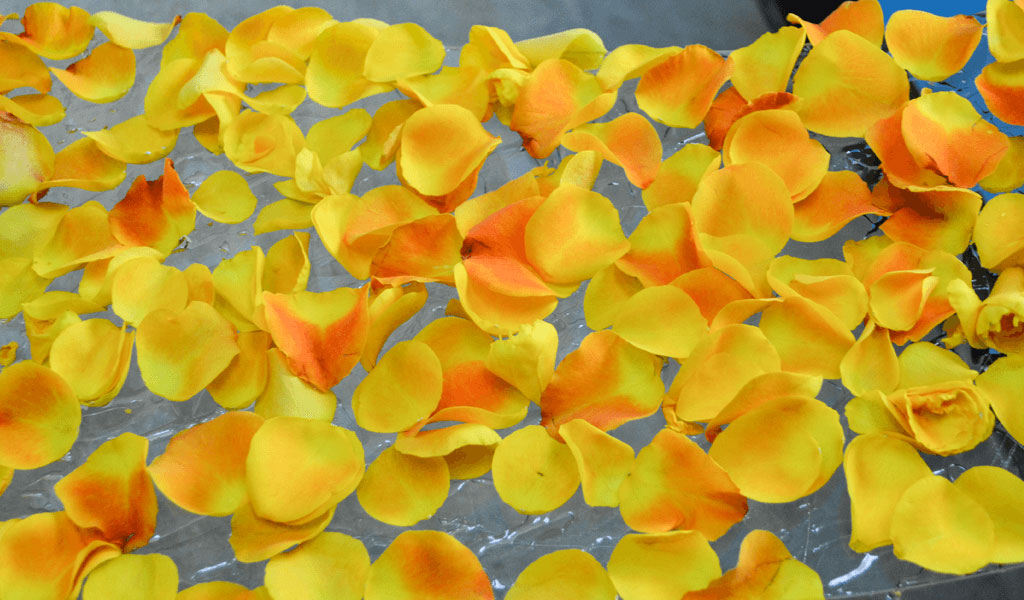
Fresh rose petals were placed on a clear acrylic ramp that was drizzled with honey. This work plays with space and the concept of inside vs. outside.
-

A light box covered in paper provides a light source and focal point. The wall behind the sculpture is painted blue.
-
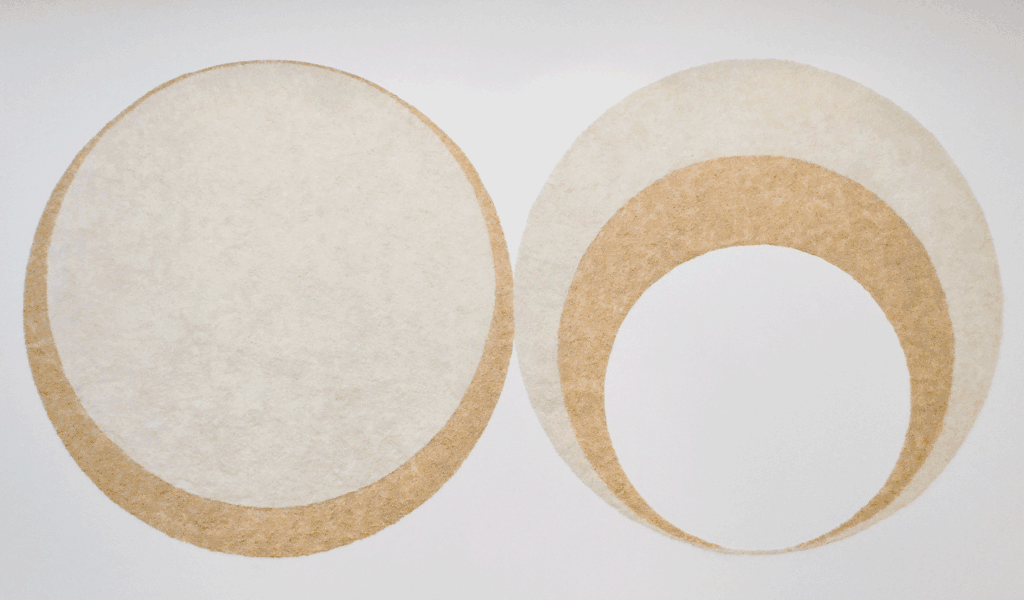 Opulentia Paupertas, 2011
Opulentia Paupertas, 2011rice, lard, sugar
8' x 16' x 0.2" -
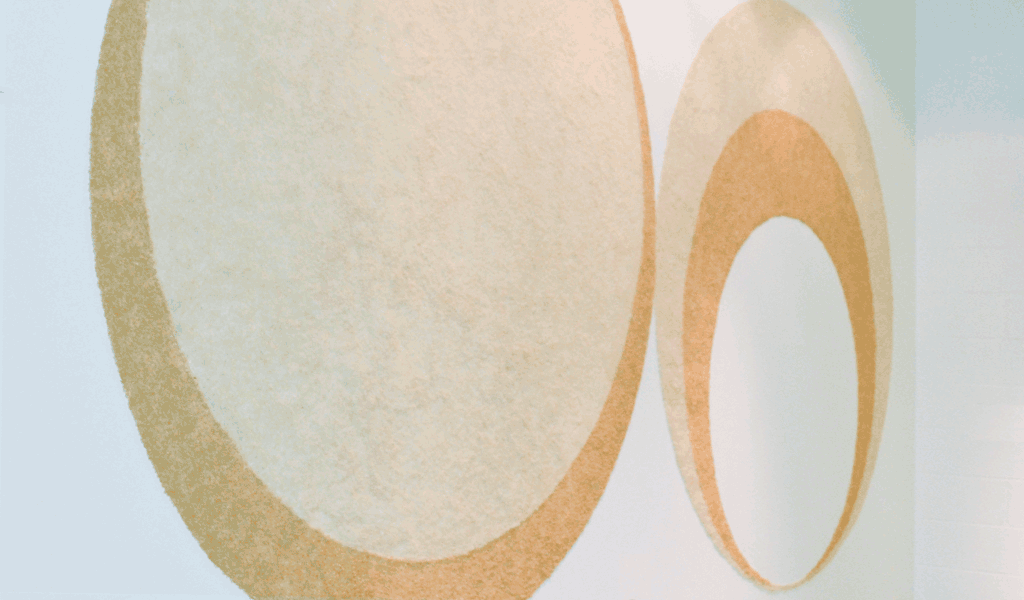
This project graphically represents the disparity of wealth globally. Circle 1: 80% of wealth is owned by the top 10%.
-

Circle 2: 40% of the global population live on less than $2 a day, and 80% live on less than $10 a day.
-
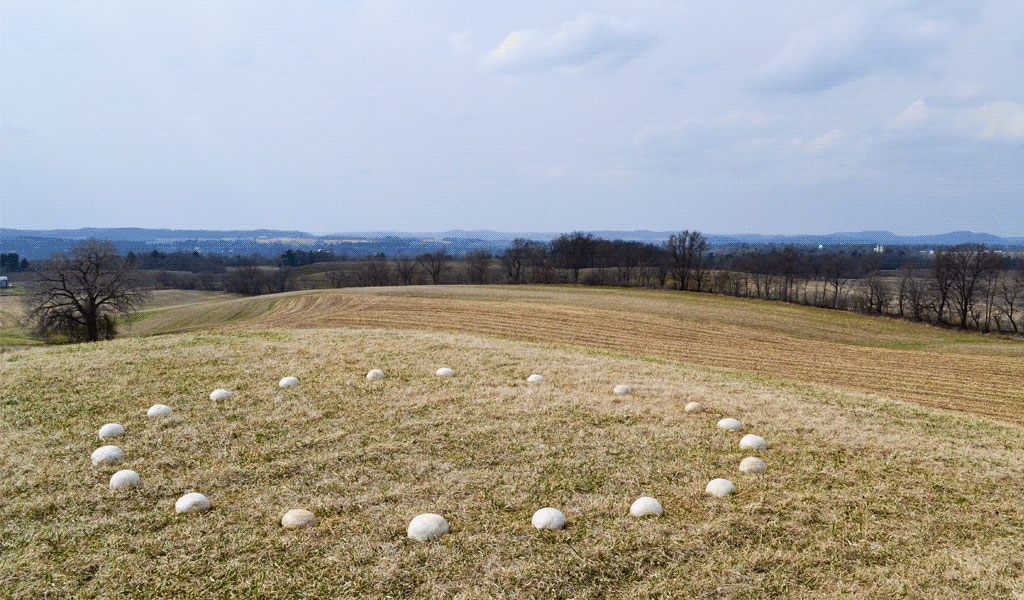 Opulentia Paupertas—Incarnation II, 2011
Opulentia Paupertas—Incarnation II, 2011rice, lard, sugar
16' x 5" x 16' -

The rice from the wall installation was formed into sphere and placed in a circle atop a hill in Northwestern Wisconsin.
-
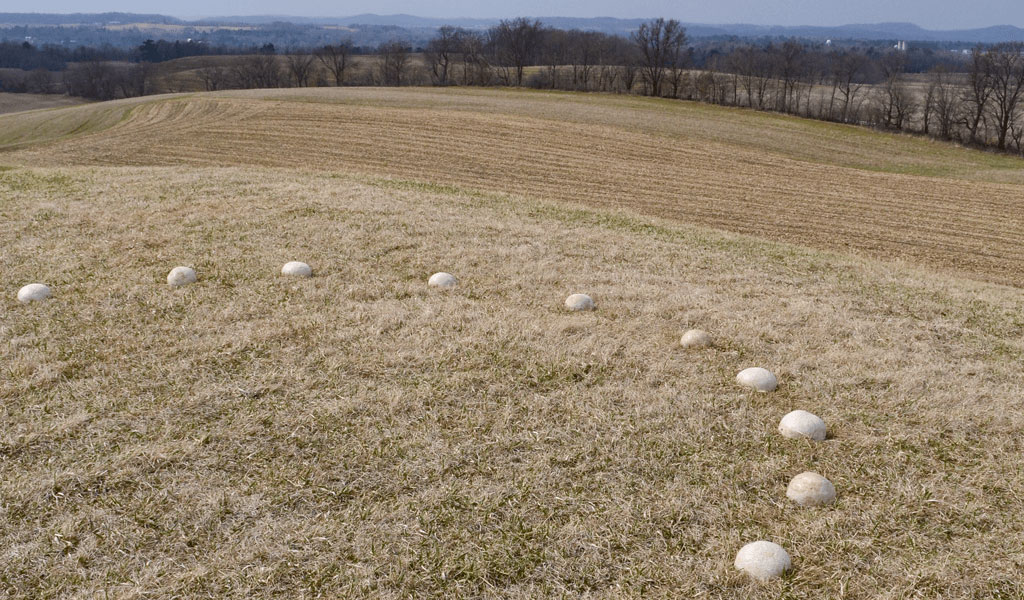
The rice was gradually carried away by birds. These materials suggest wealth, nourishment, frugality, social disparity and waste.
-
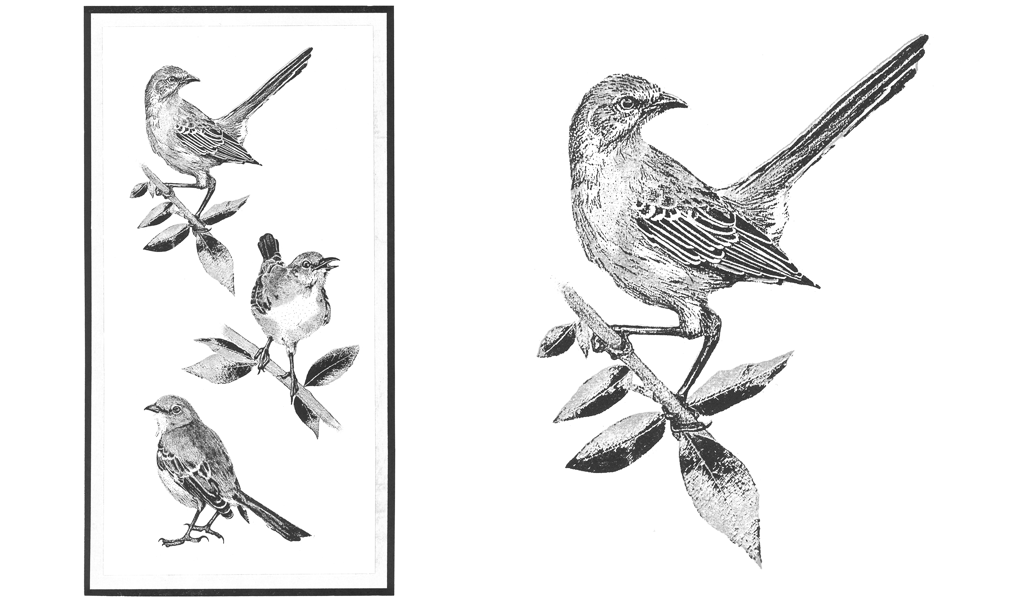 Mockingbirds, 2016
Mockingbirds, 2016laser etched woodblock, ink on paper
12" x 18" -
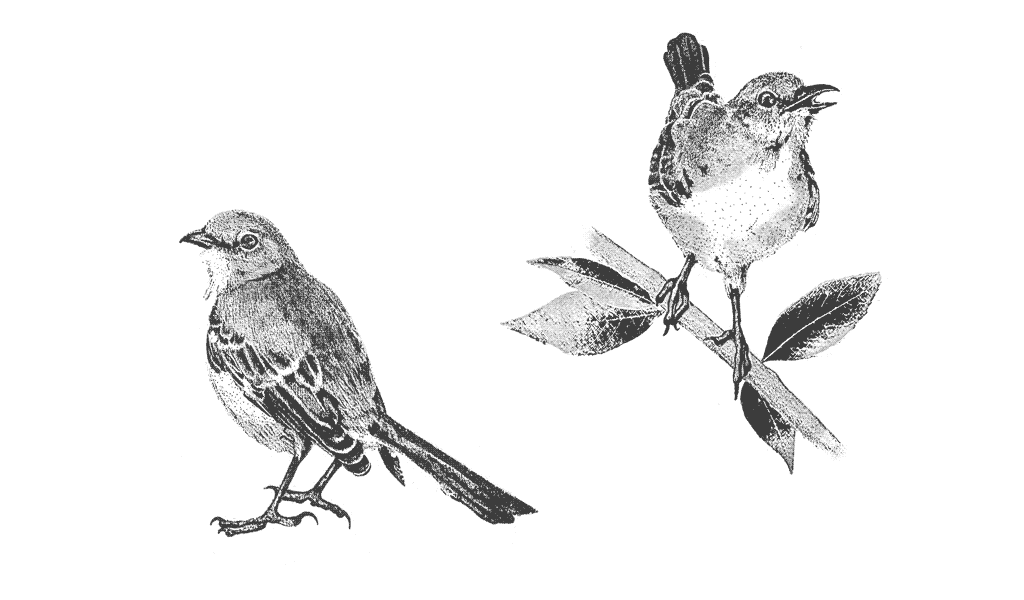
These prints are impressed on cotton stock and are made with laser etched woodblocks and letterpress machine.
-
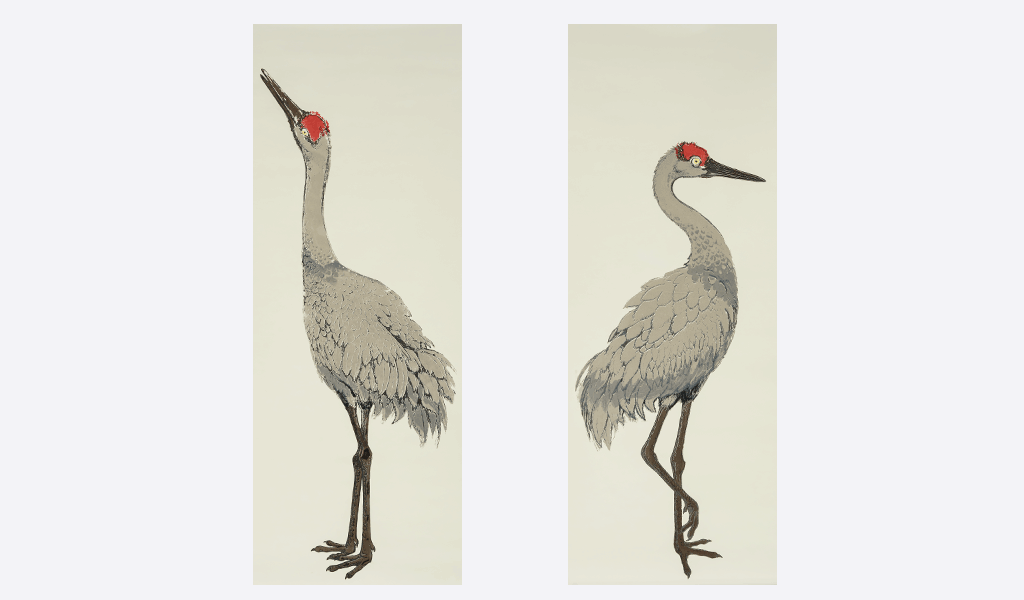 Sandhill Cranes, 2013
Sandhill Cranes, 2013screen print, ink on paper
12" x 18" -
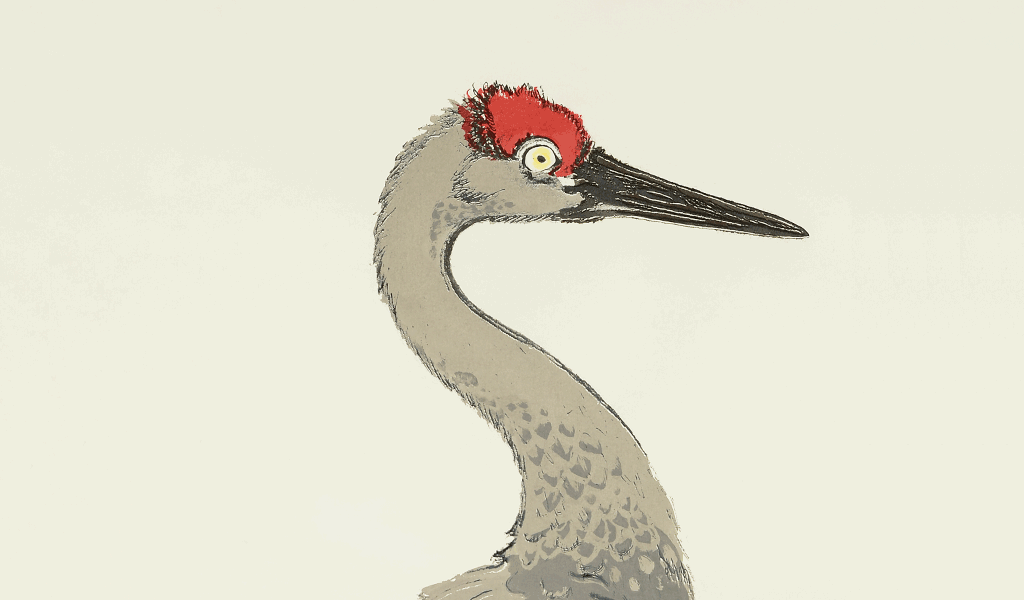
These prints are screen printed on oversized cream colored stock and are the result of multiple colored layers.
-
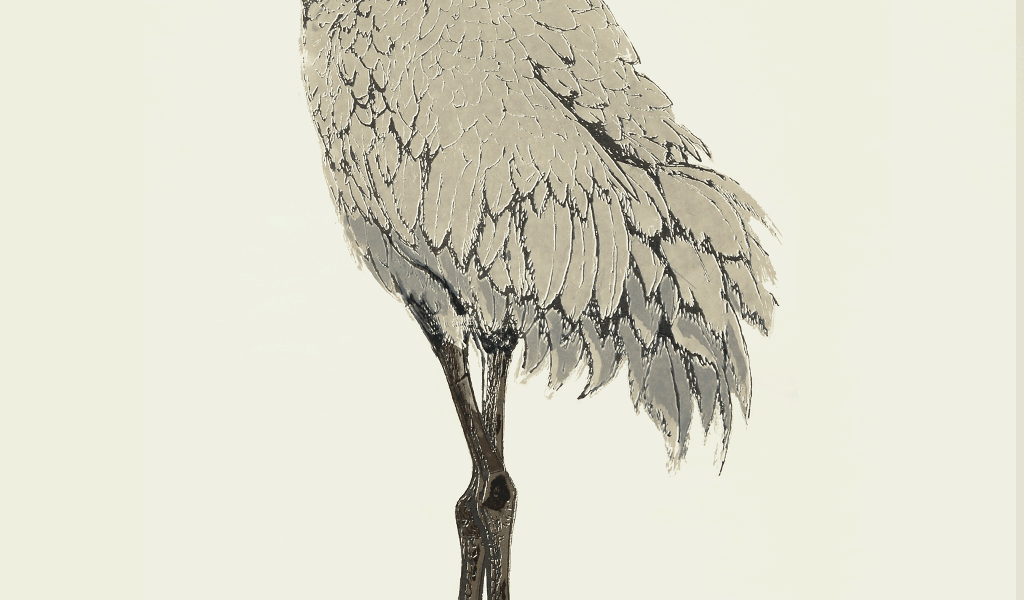
These prints are approximately life sized, stylized depictions of sandhill cranes that originated with the idea of anthropomorphizing these iconic birds.
-
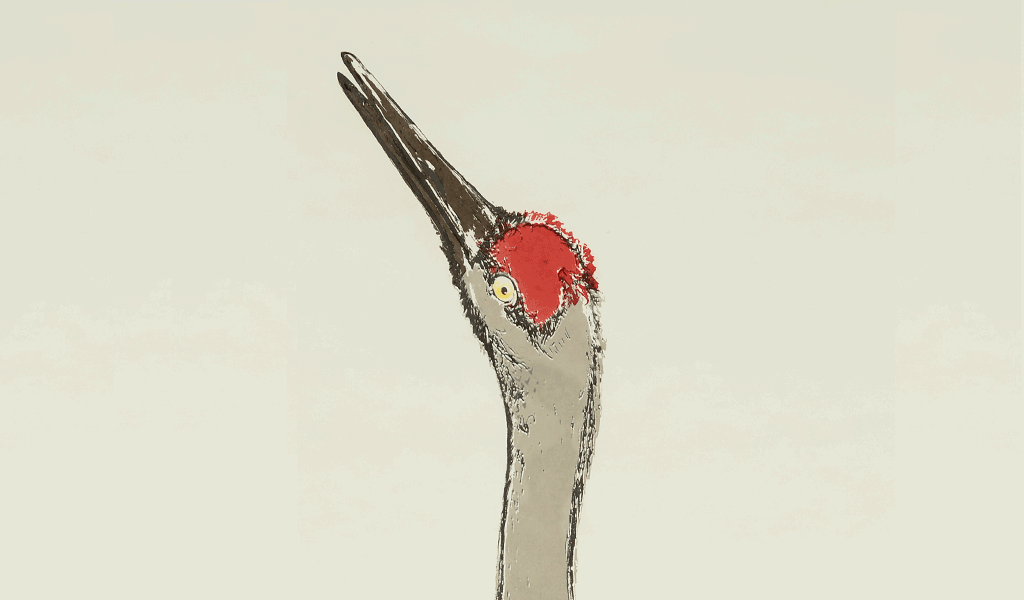
These prints call attention to the unique value of each wildlife species and the ecological systems that support them.
-
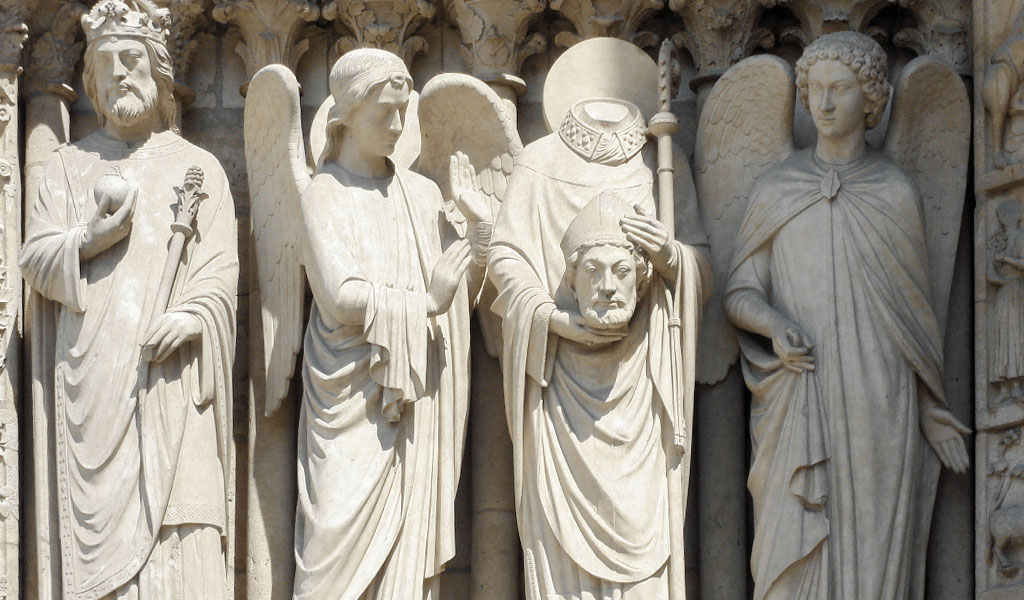 Saint Denis, 2008
Saint Denis, 2008digital photograph
Paris, France -
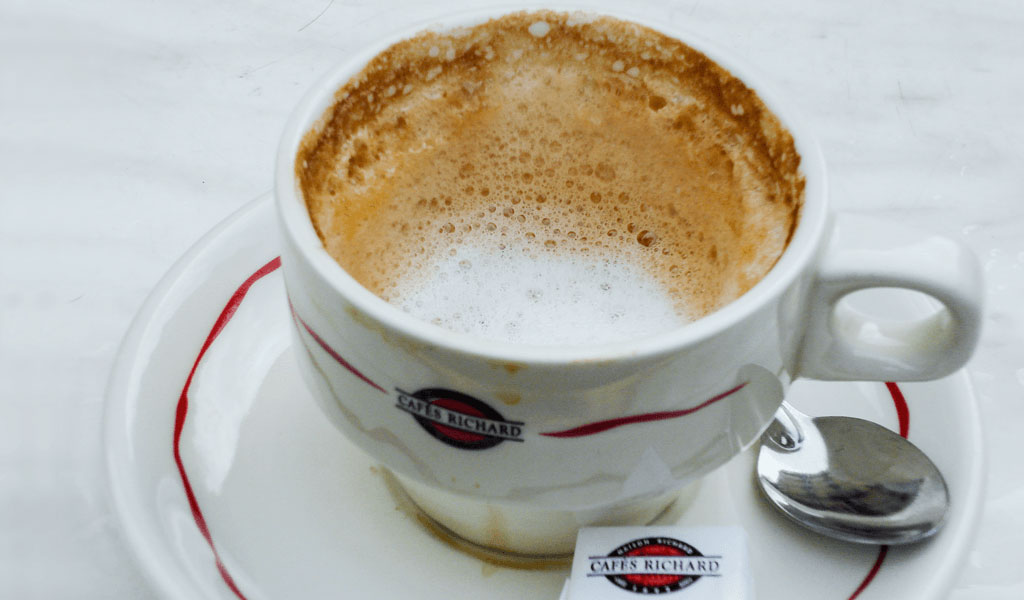 Cappuccino, 2008
Cappuccino, 2008digital photograph
Paris, France -
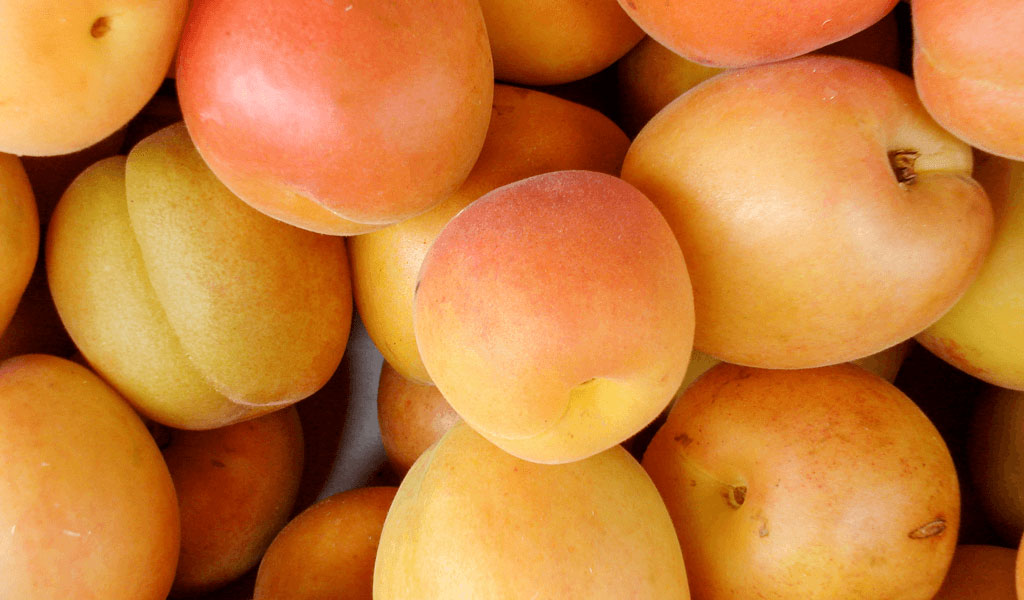 Apricots, 2008
Apricots, 2008digital photograph
Paris, France -
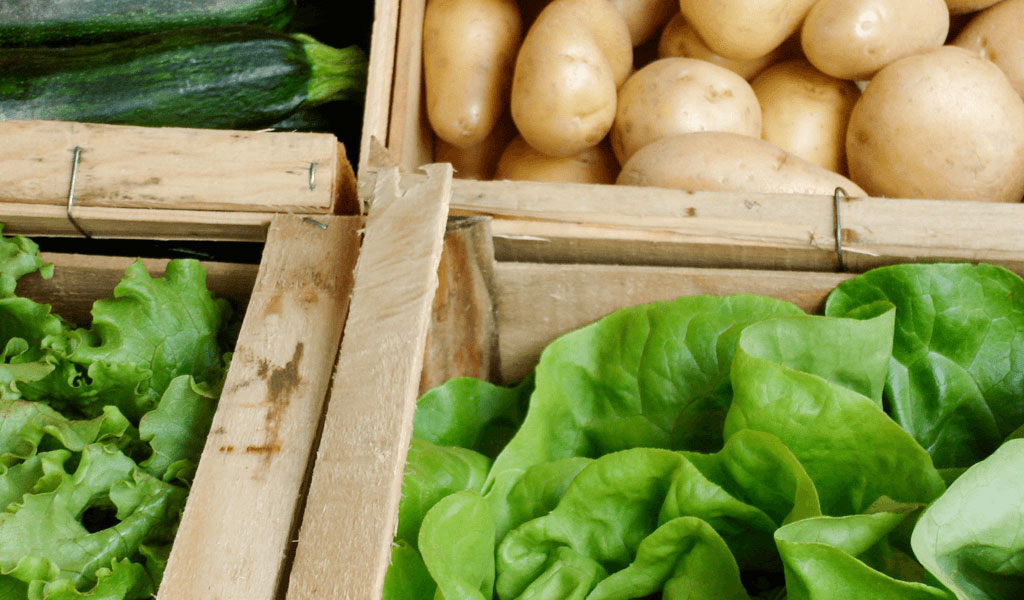 Vegetables, 2008
Vegetables, 2008digital photograph
Paris, France -
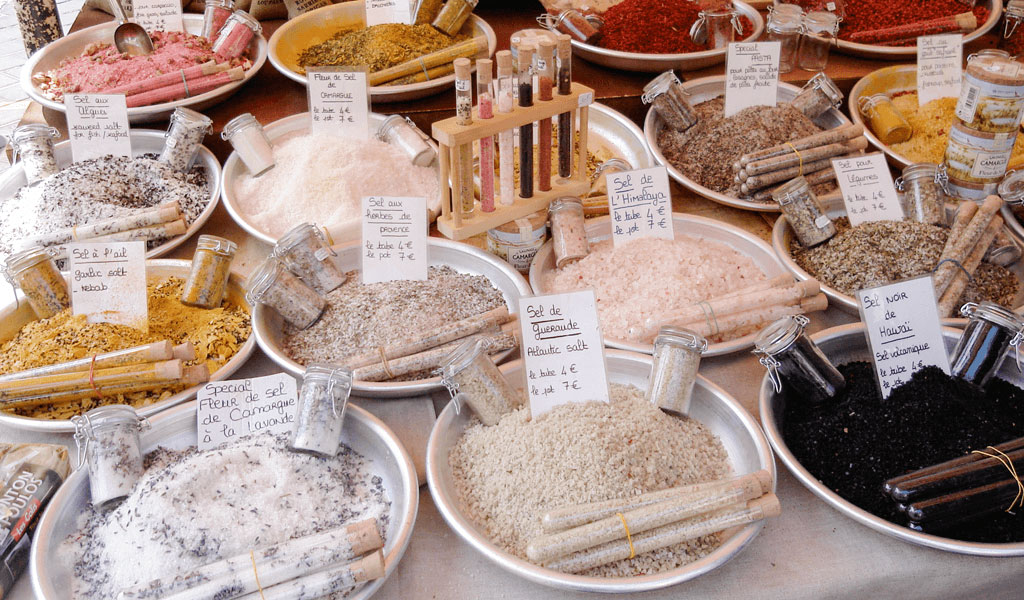 Salts, 2008
Salts, 2008digital photograph
Nice, France -
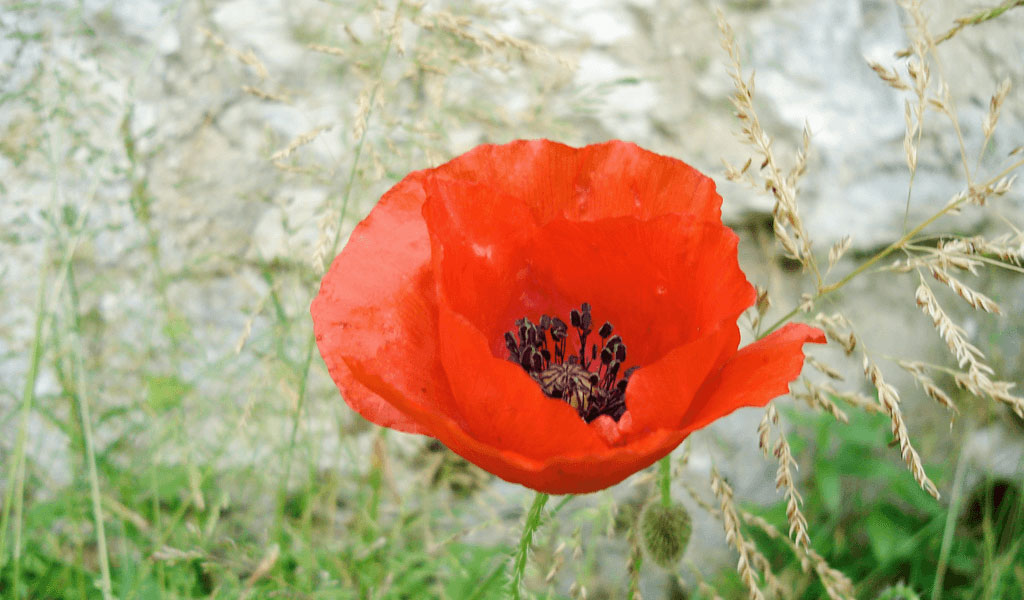 Red Poppy, 2008
Red Poppy, 2008digital photograph
Giverny, France -
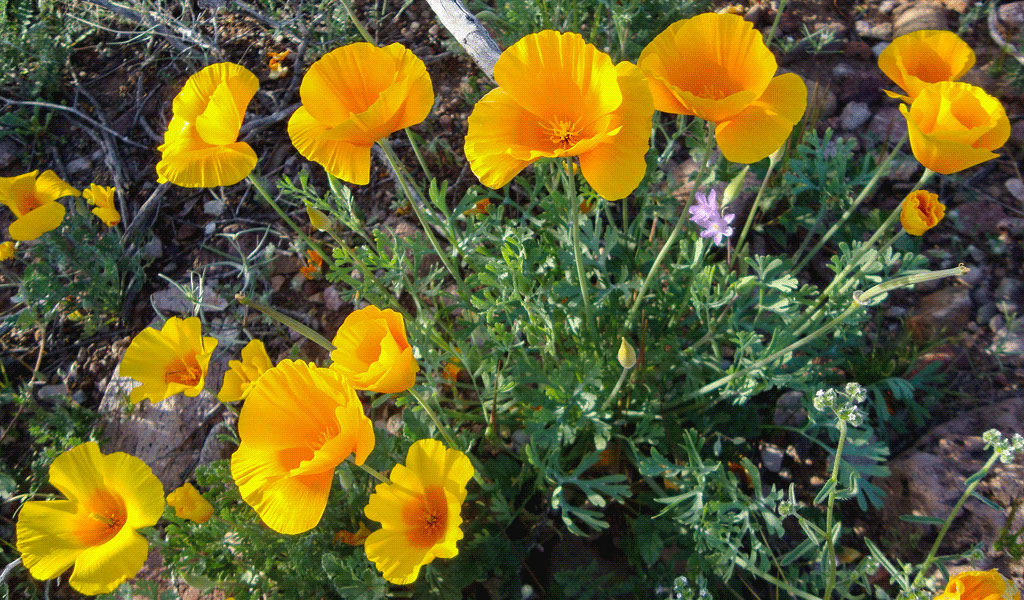 California Poppies, 2010
California Poppies, 2010digital photograph
Chiricahua National Monument, Arizona -
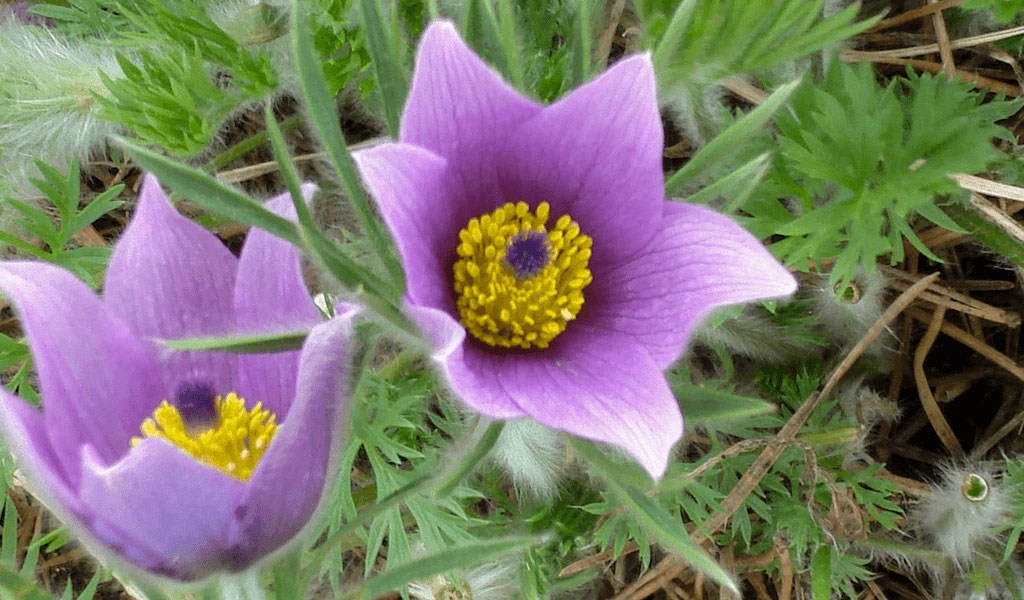 Pulsatilla, 2012
Pulsatilla, 2012digital photograph
Downsville, Wisconsin -
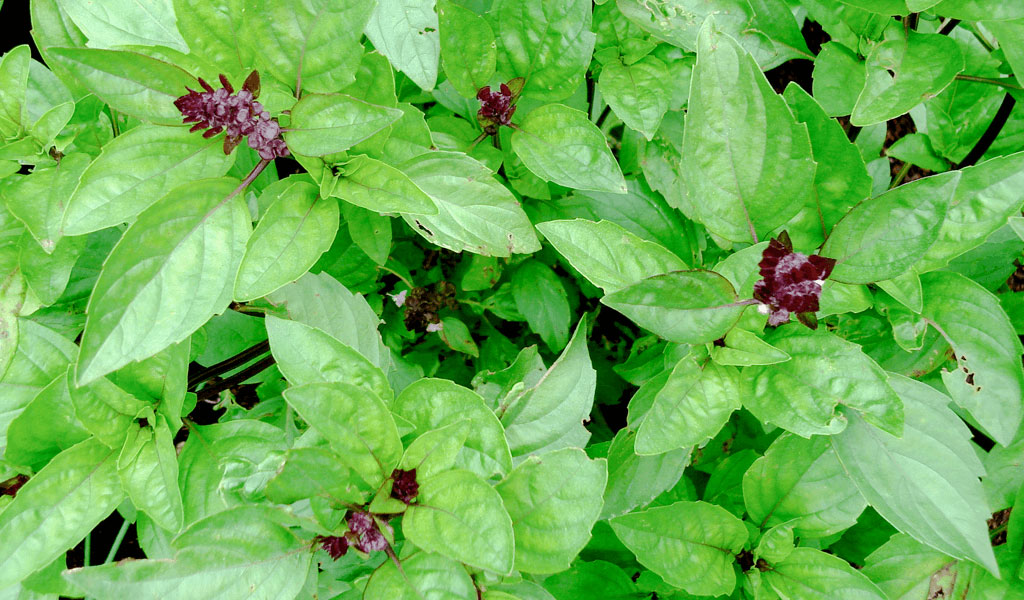 Thai Basil, 2012
Thai Basil, 2012digital photograph
Downsville, Wisconsin -
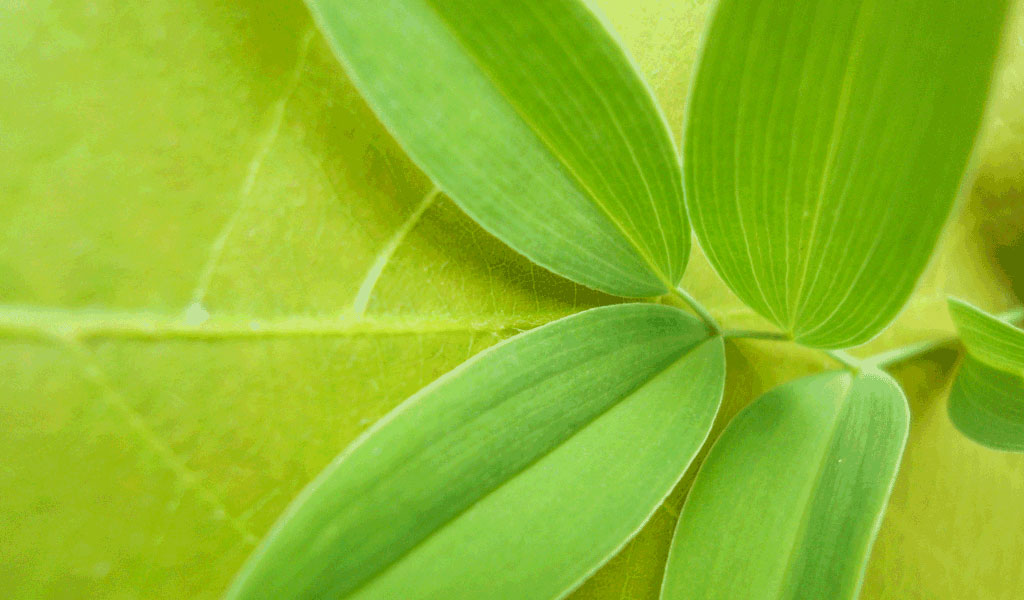 Leaf, 2010
Leaf, 2010digital photograph
Downsville, Wisconsin -
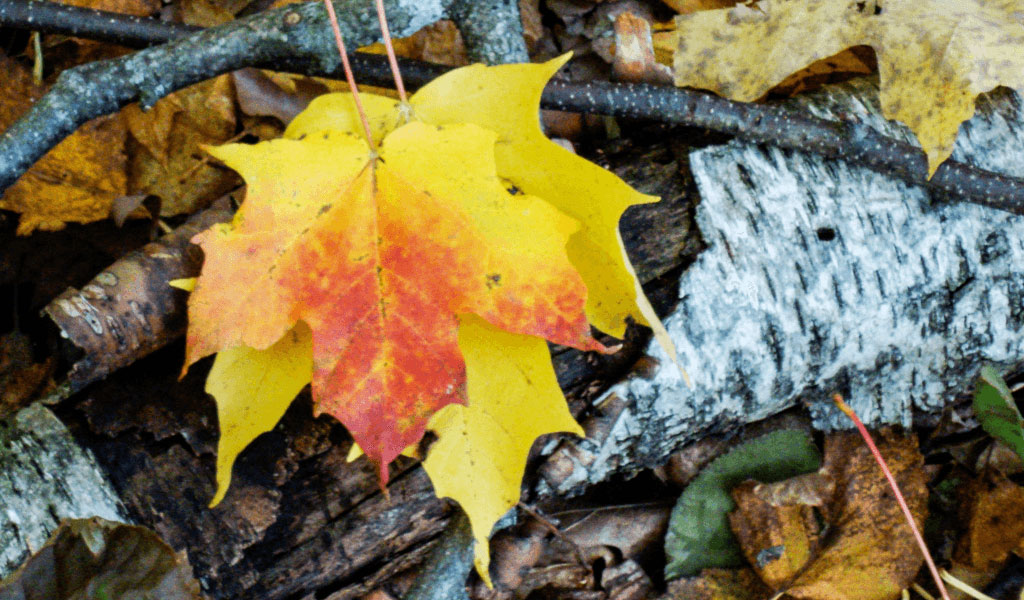 Leaves, 2010
Leaves, 2010digital photograph
Downsville, Wisconsin -
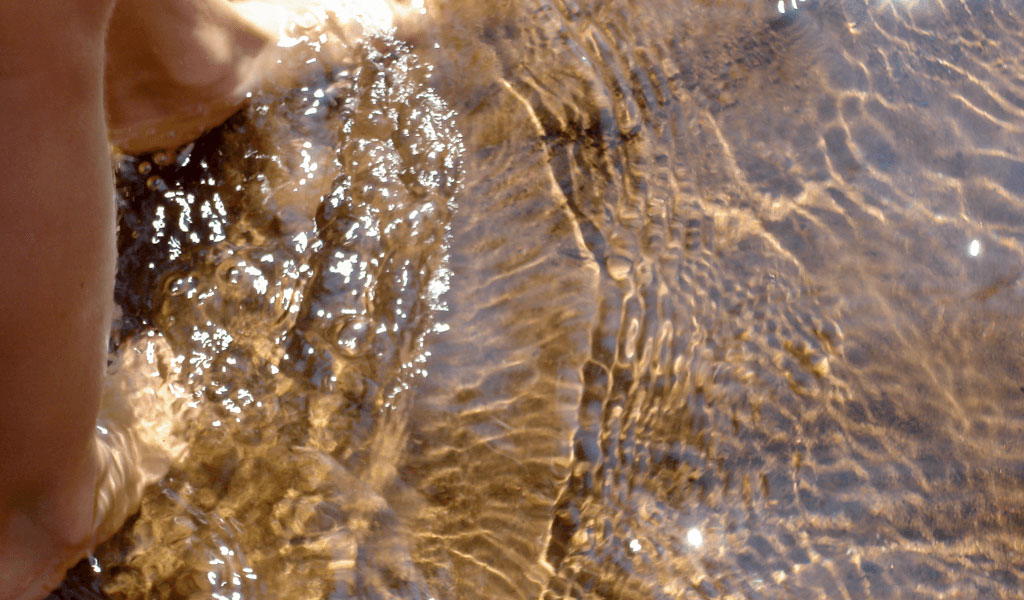 Water, 2010
Water, 2010digital photograph
Downsville, Wisconsin -
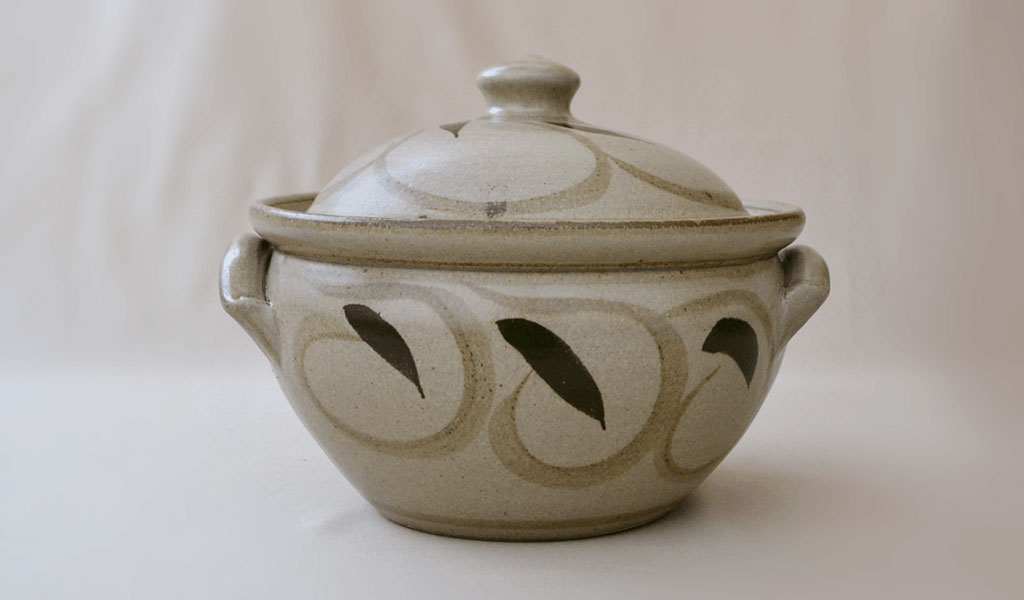 Casserole, 2013
Casserole, 2013digital photograph
Downsville, Wisconsin -
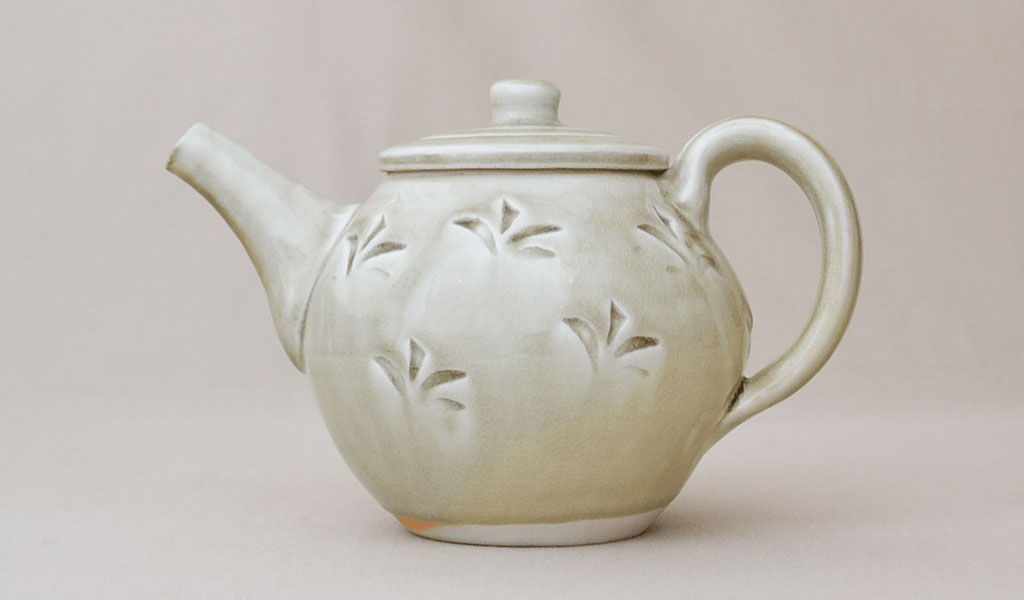 Tea Pot, 2013
Tea Pot, 2013digital photograph
Downsville, Wisconsin -
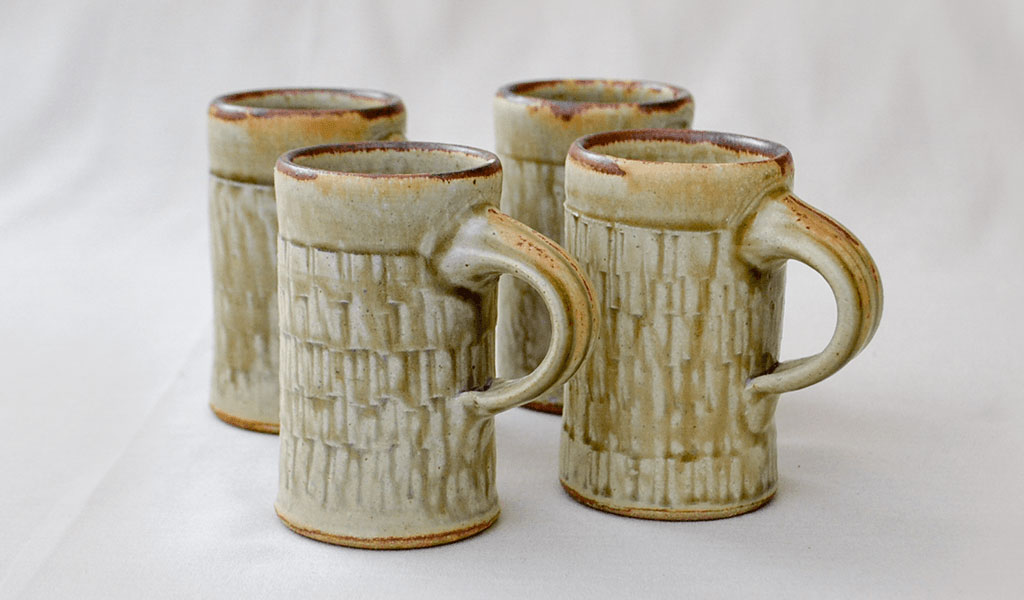 Mugs, 2013
Mugs, 2013digital photograph
Downsville, Wisconsin -
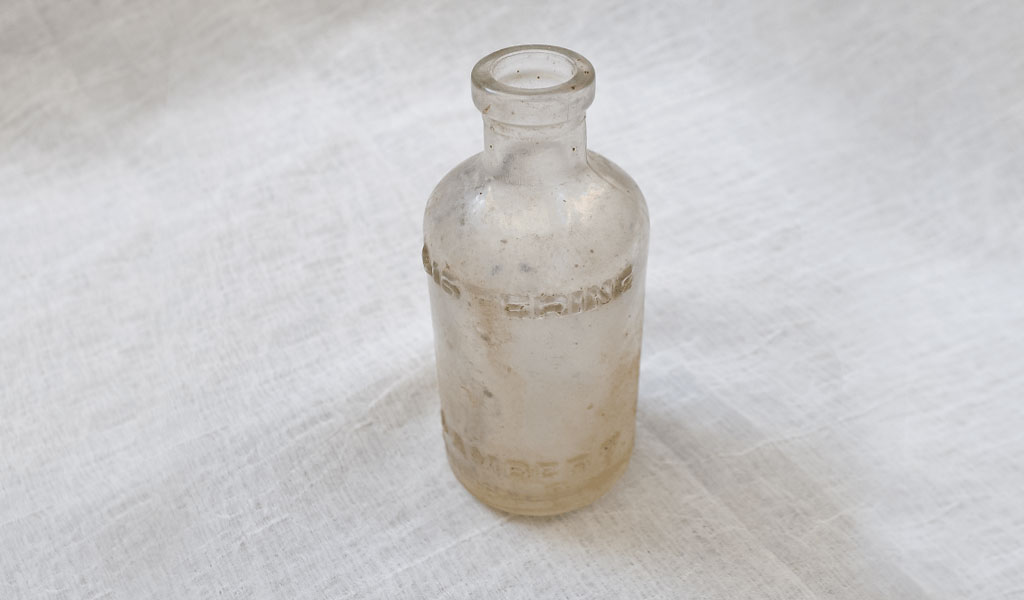 Artifact I, 2014
Artifact I, 2014digital photograph
Austin, Texas -
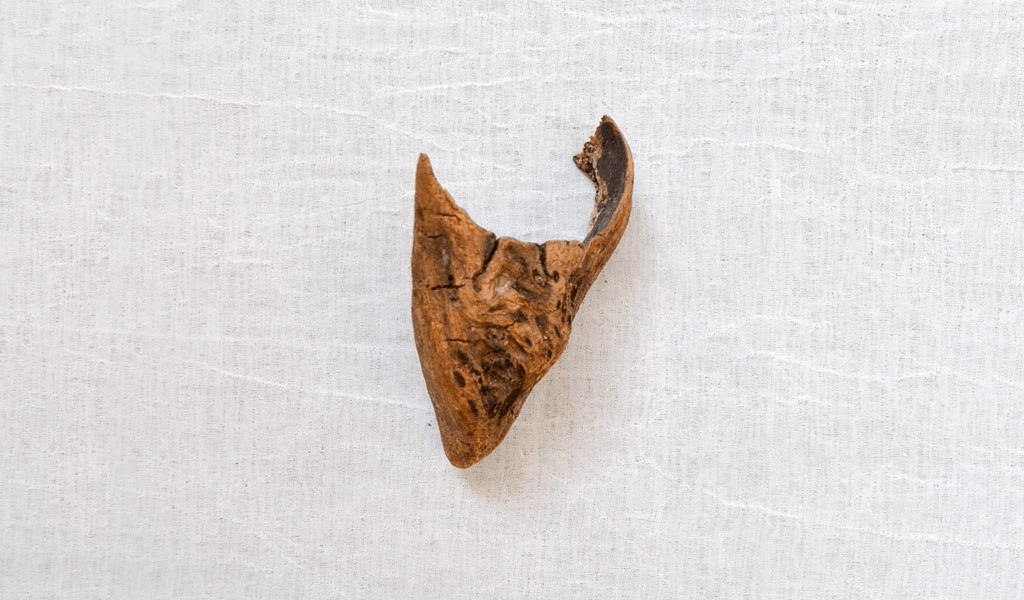 Artifact II, 2014
Artifact II, 2014digital photograph
Austin, Texas -
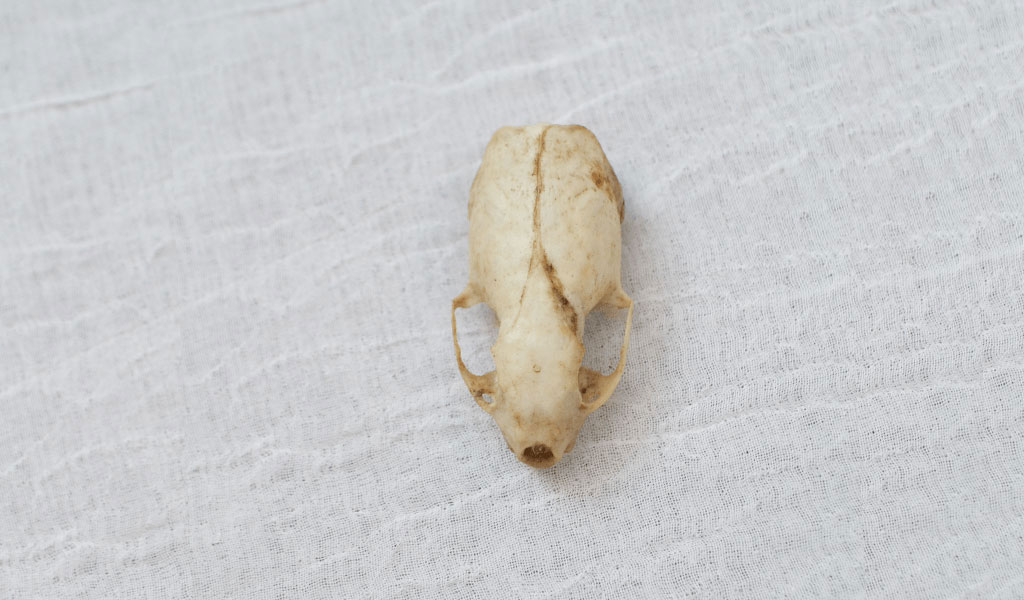 Artifact III, 2014
Artifact III, 2014digital photograph
Austin, Texas